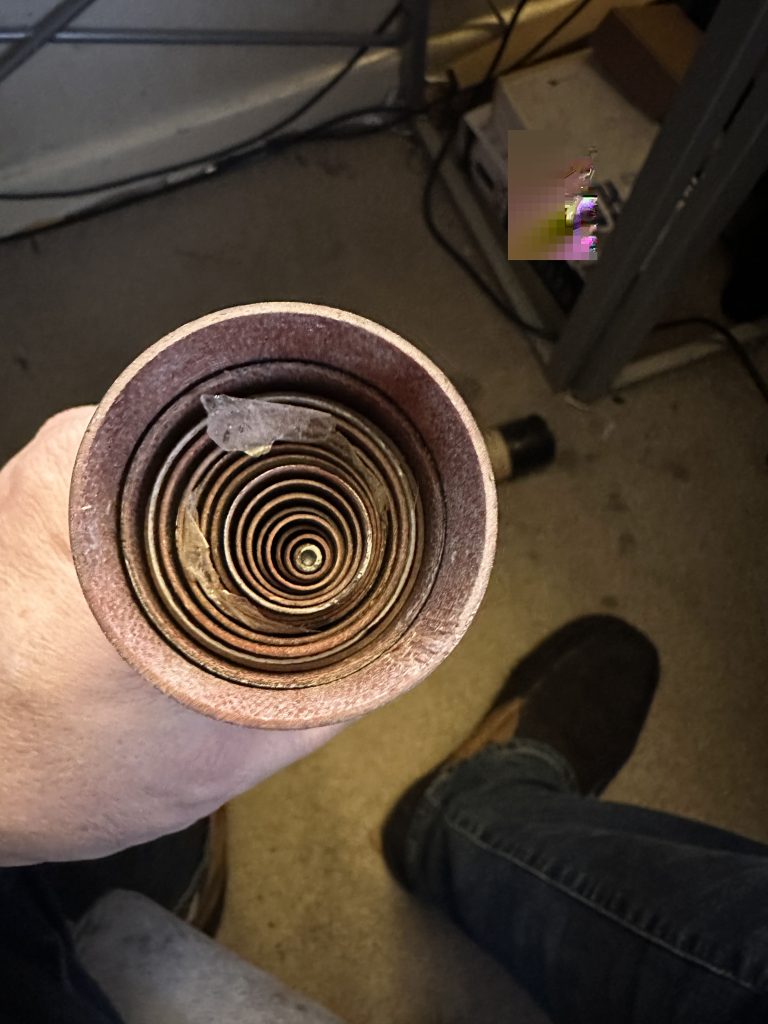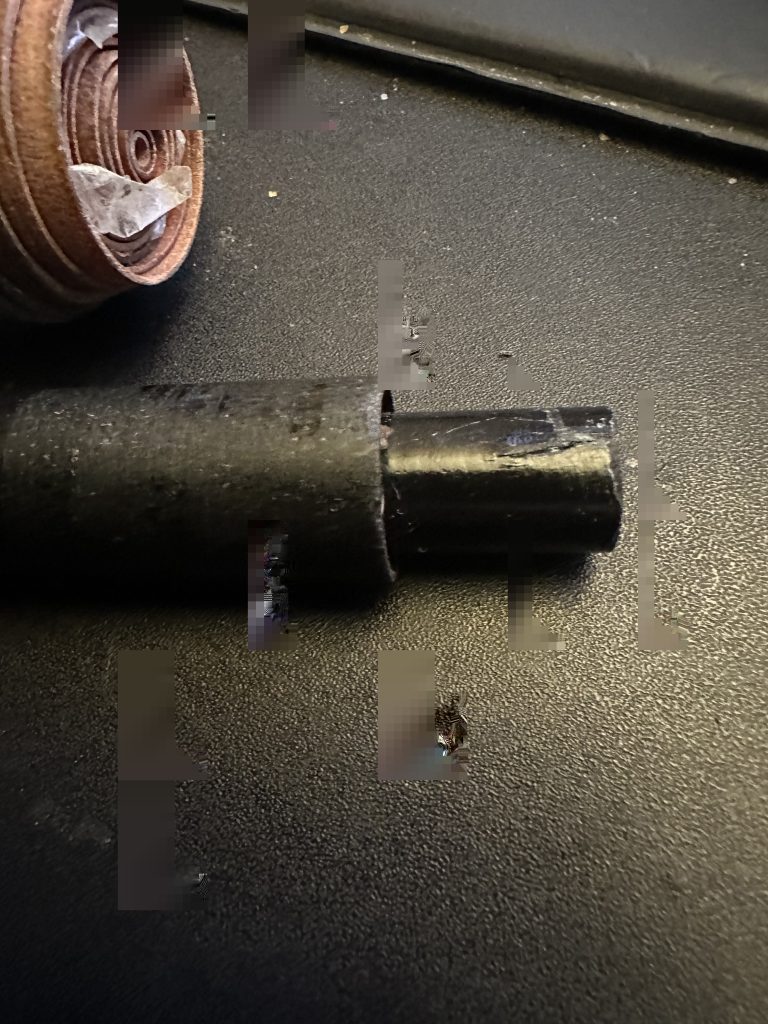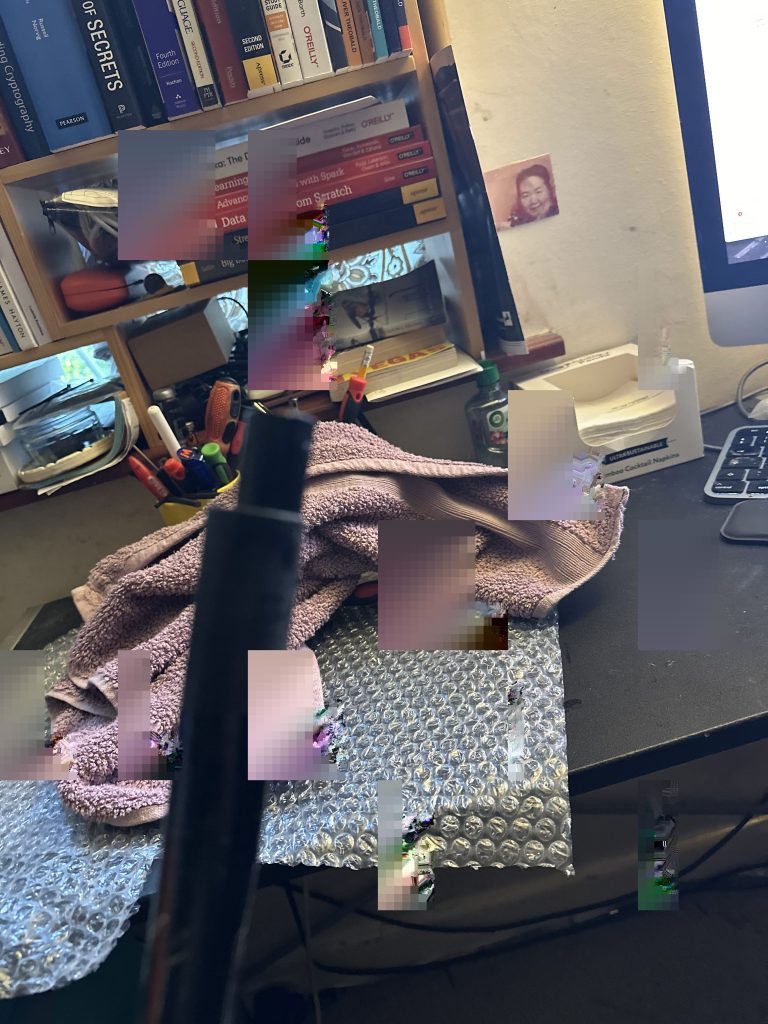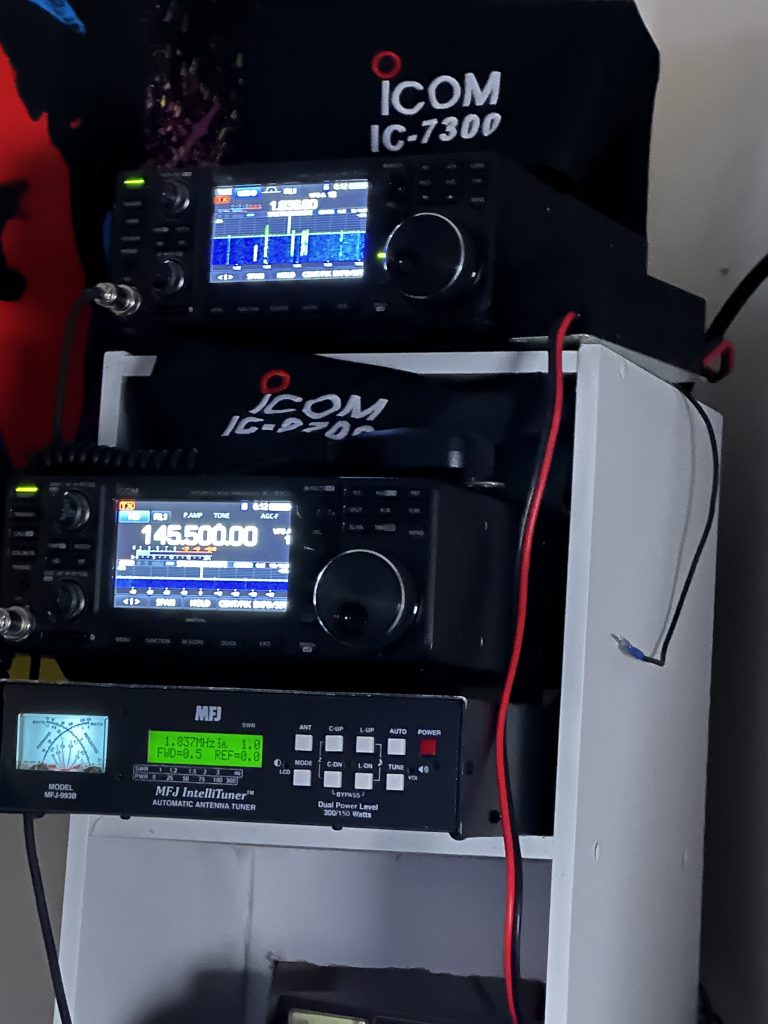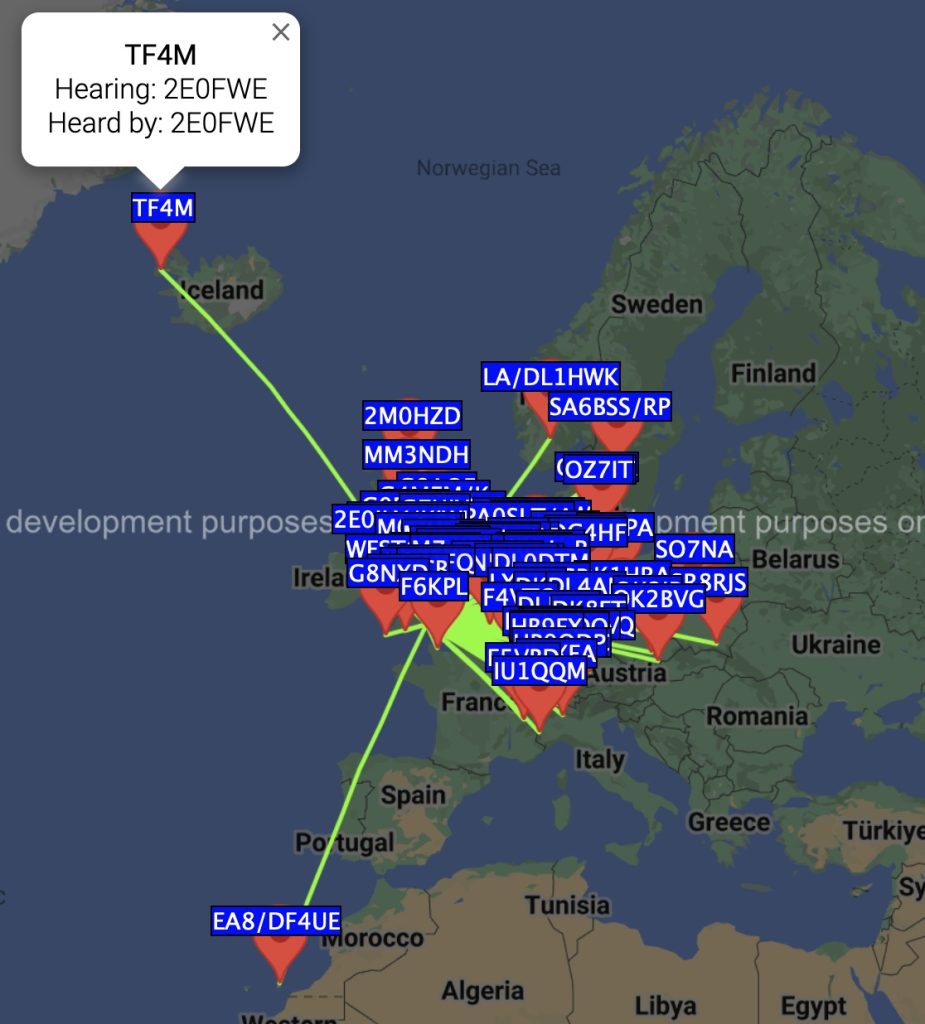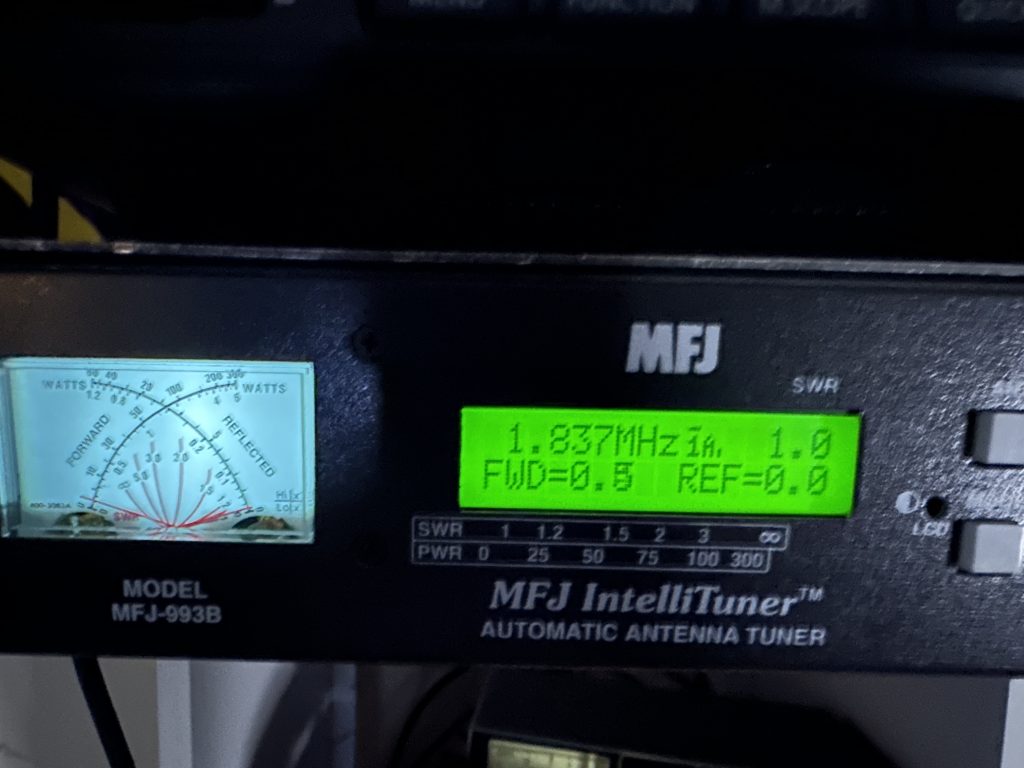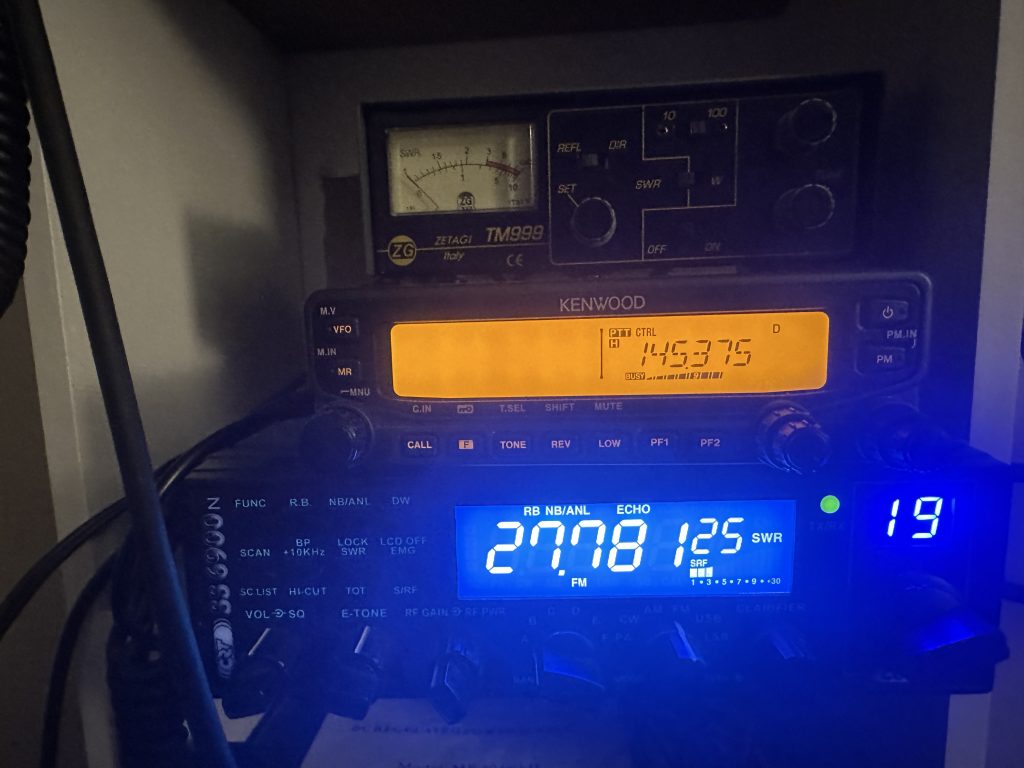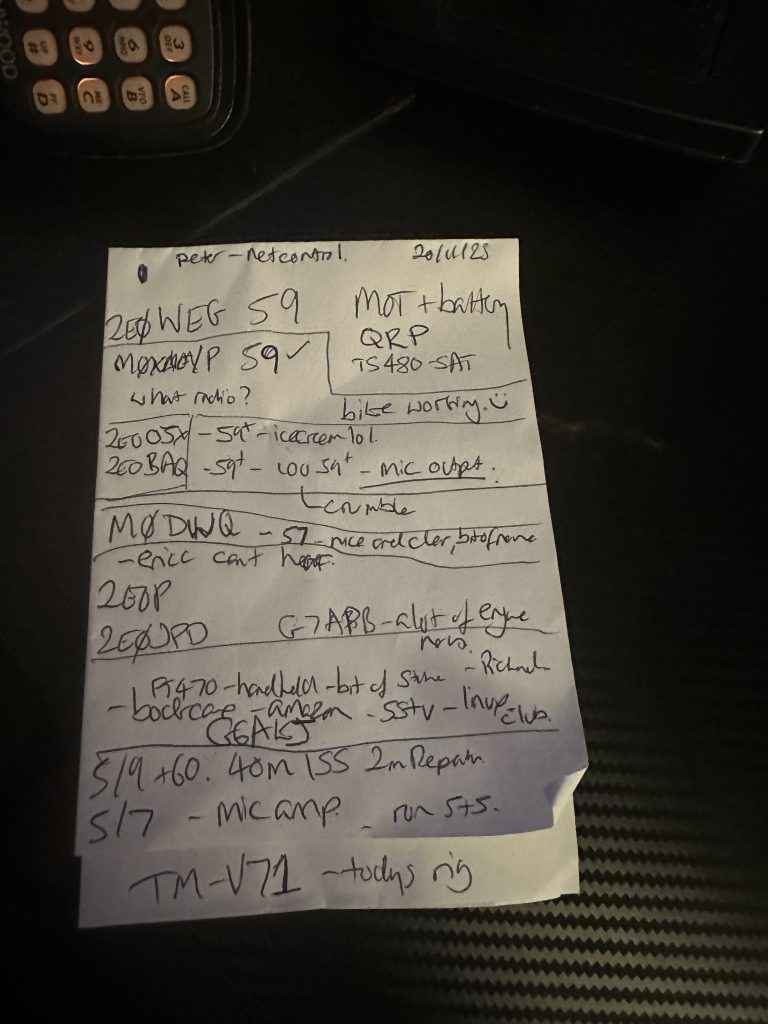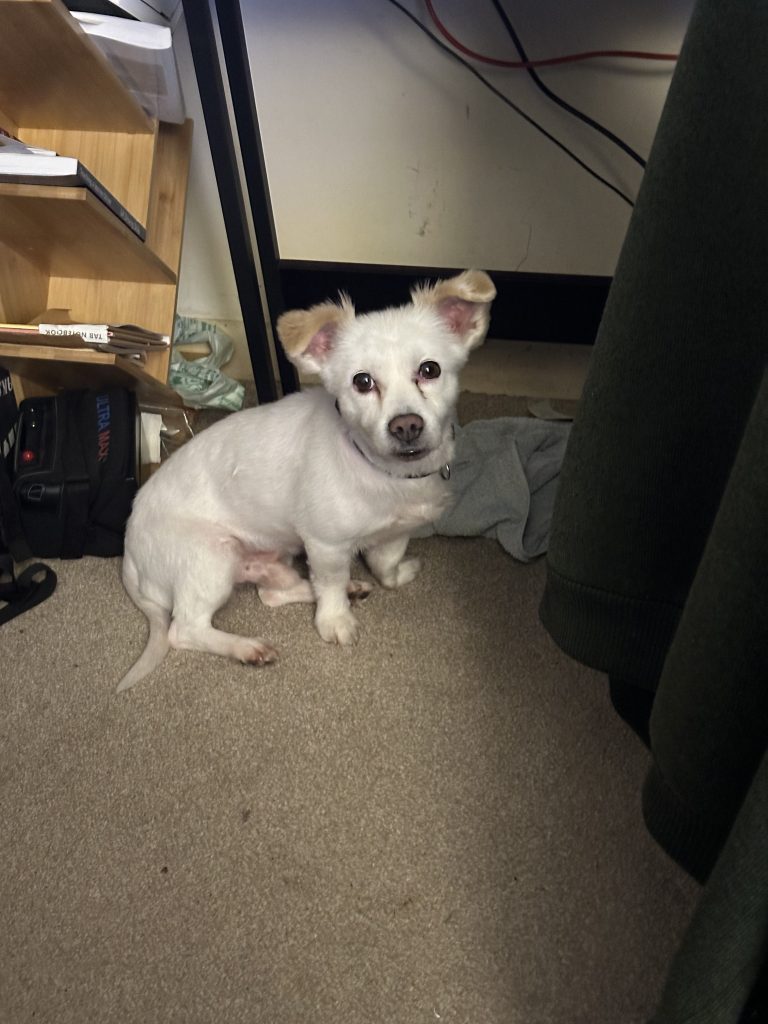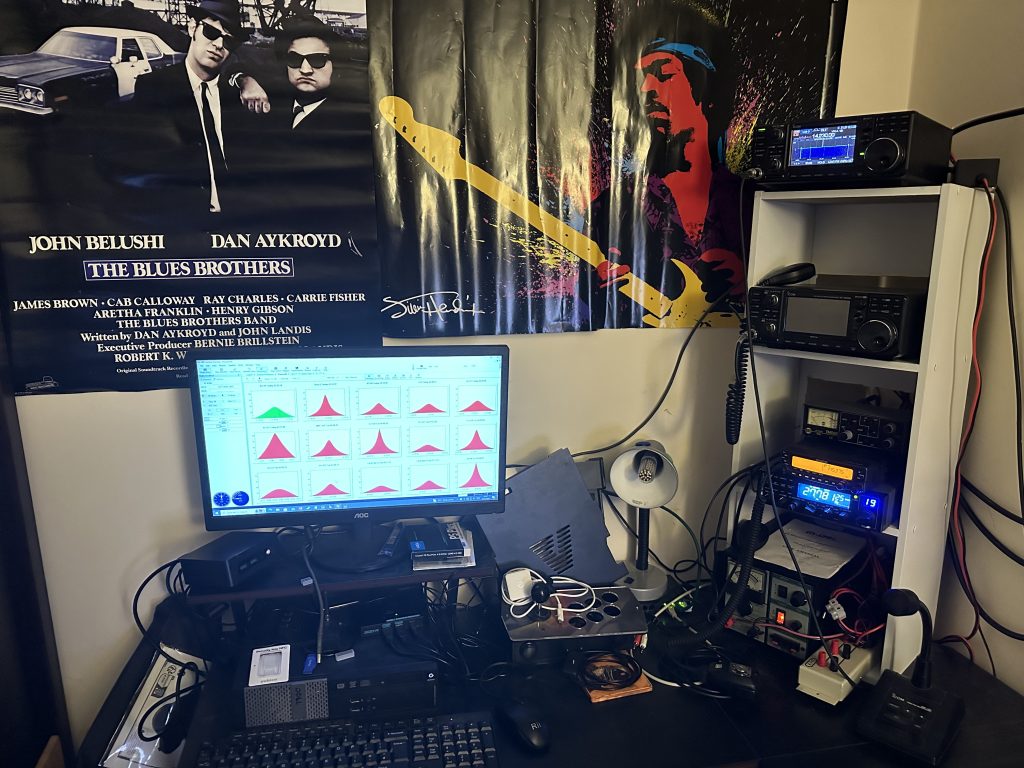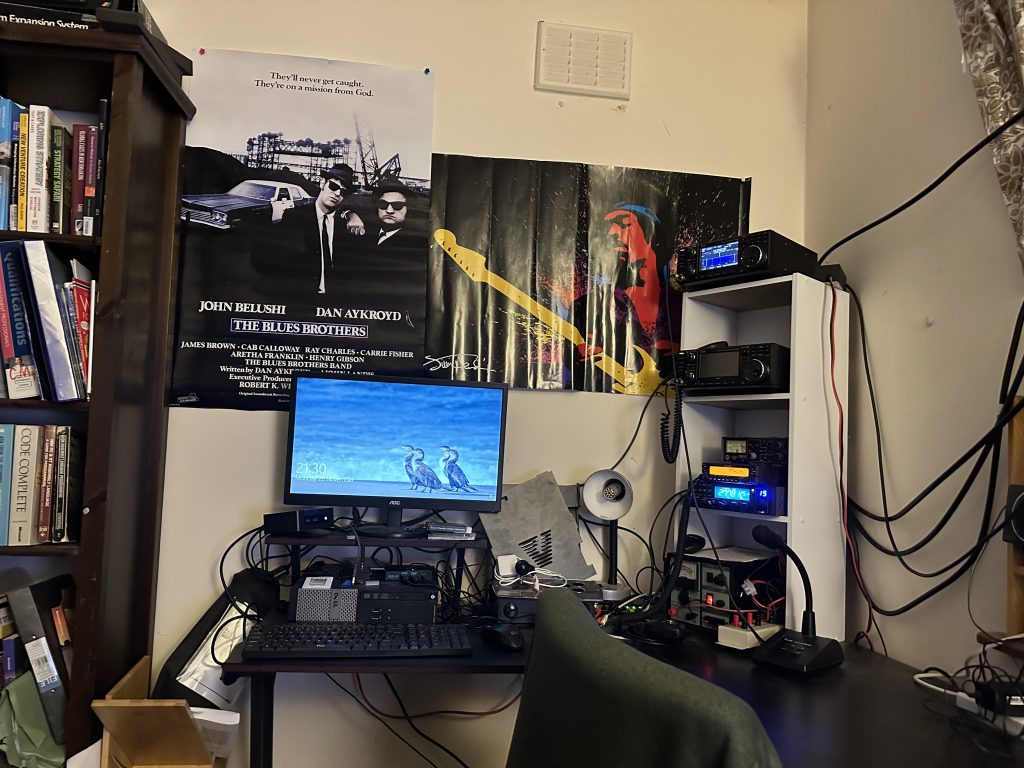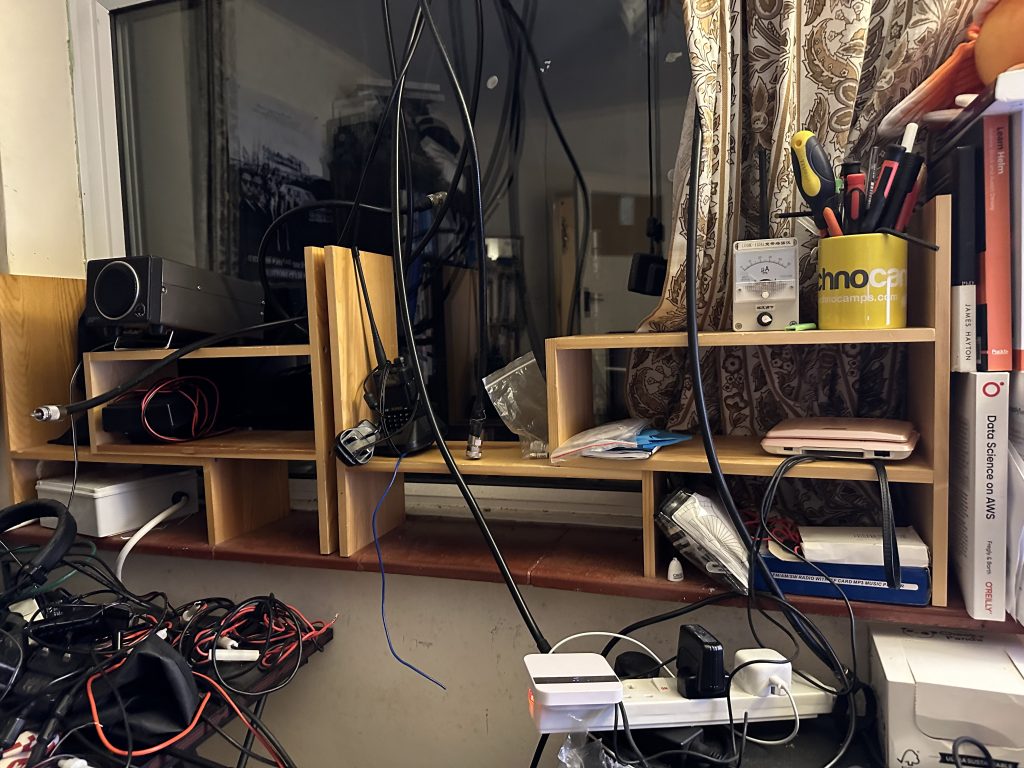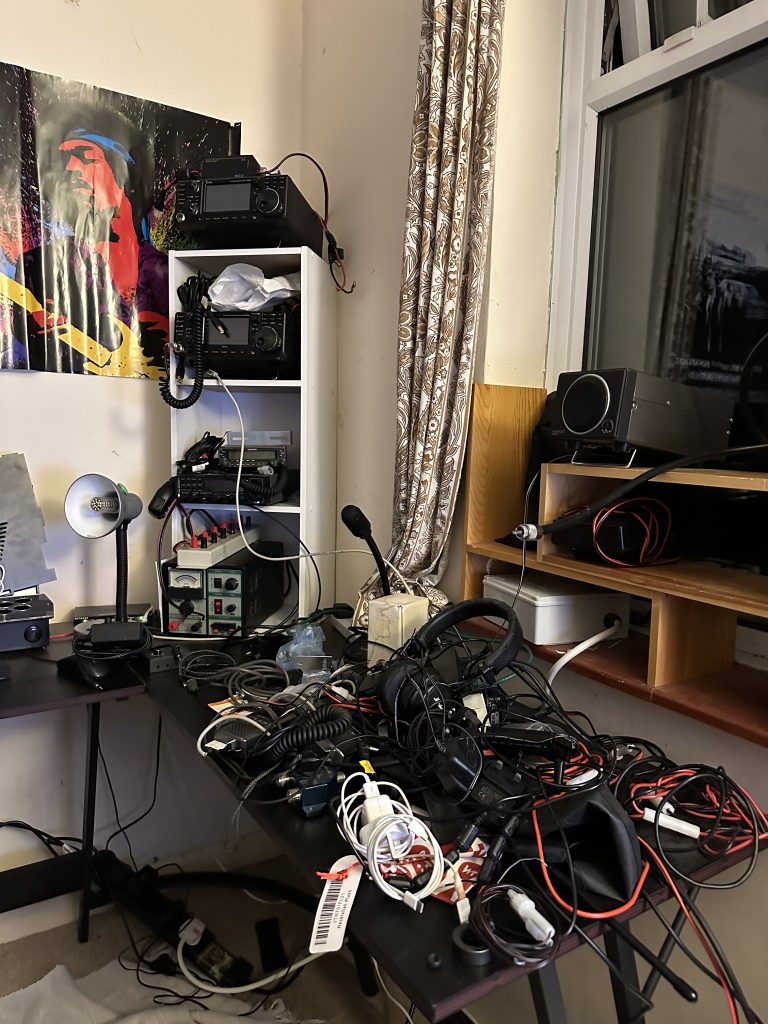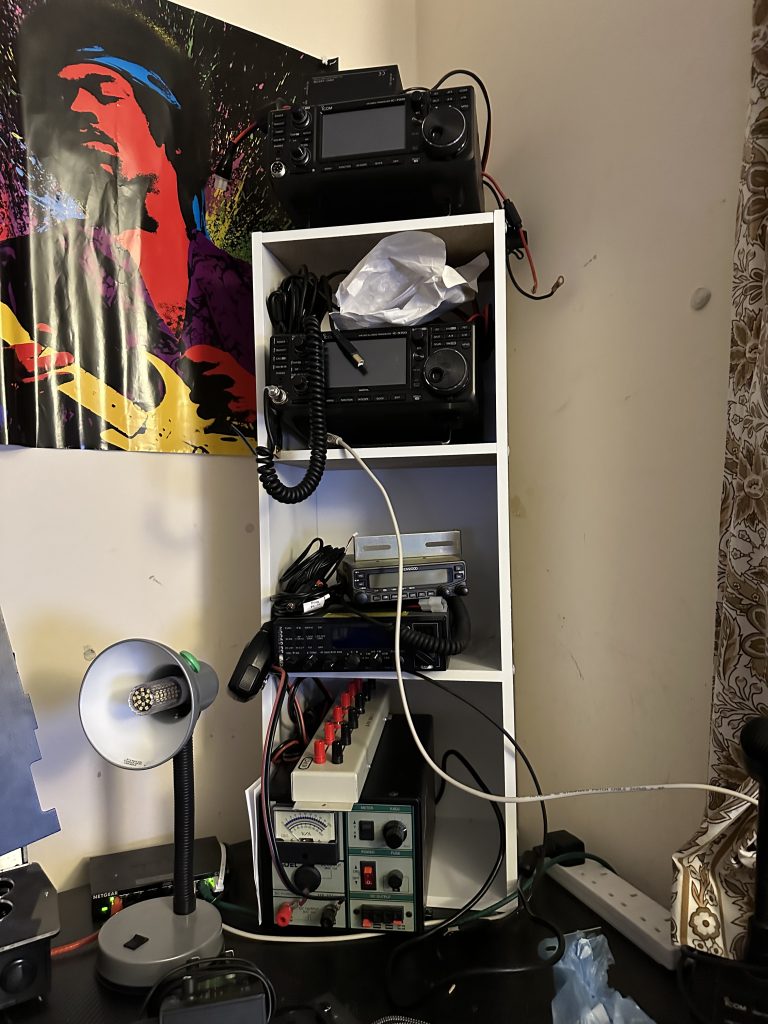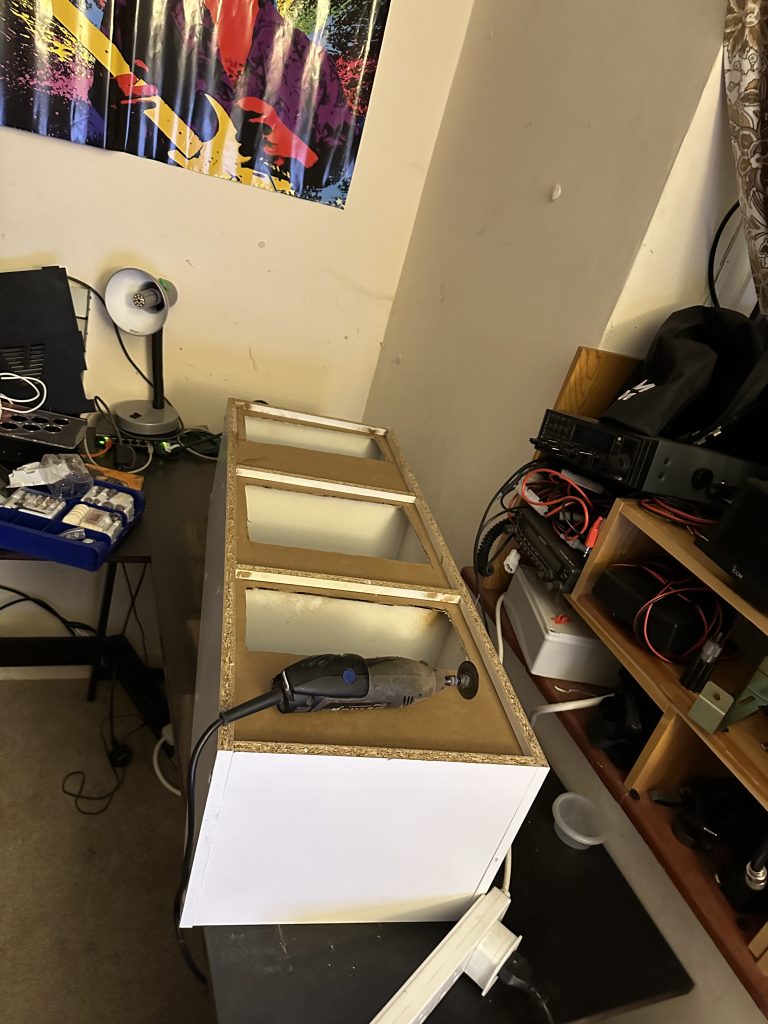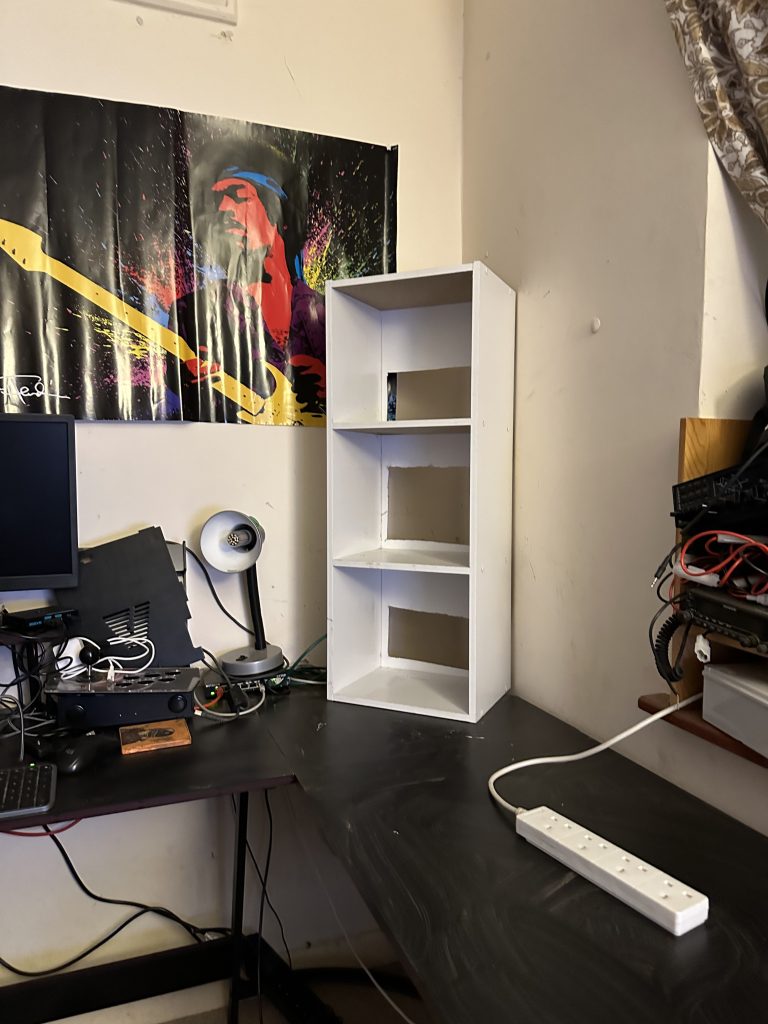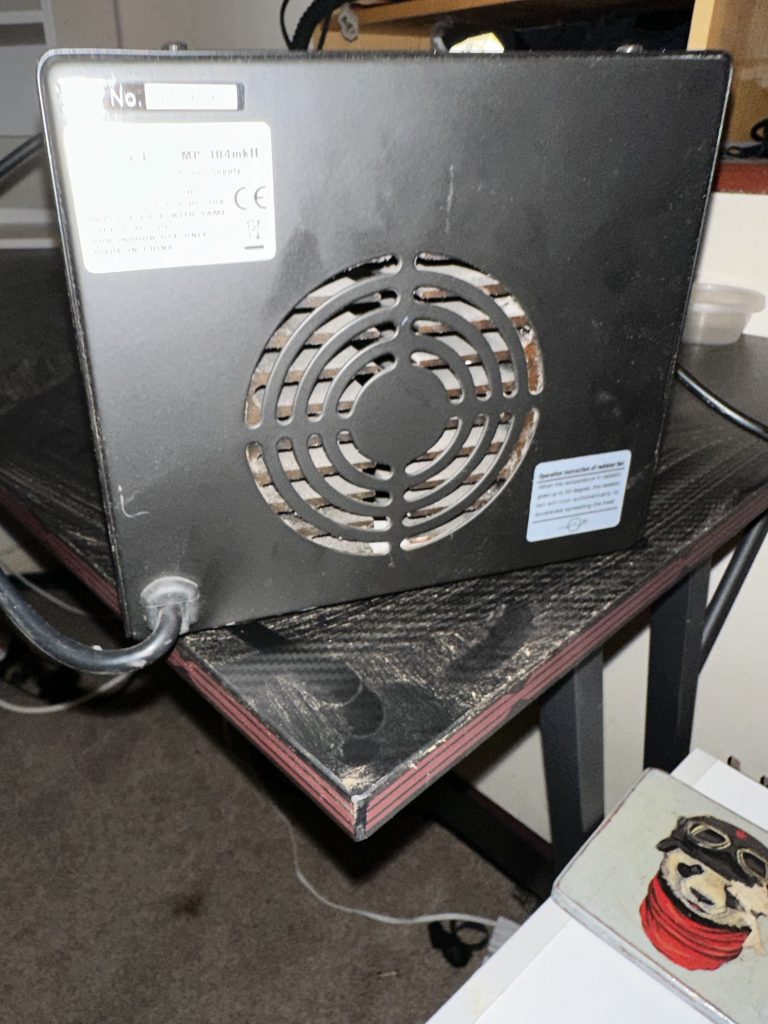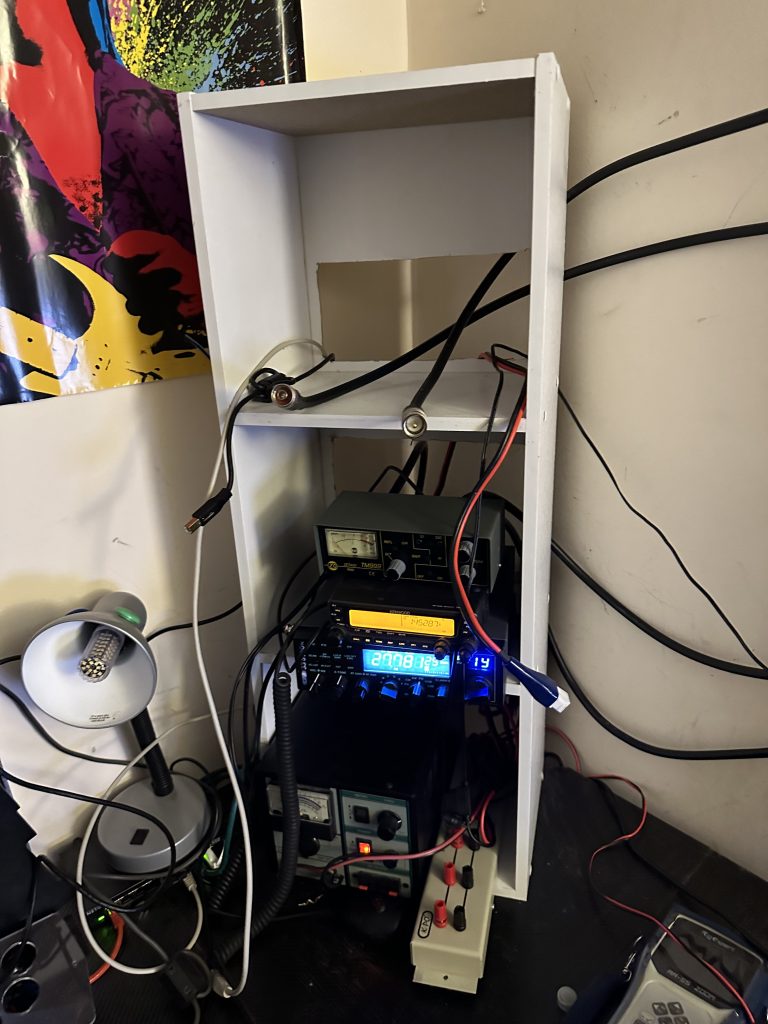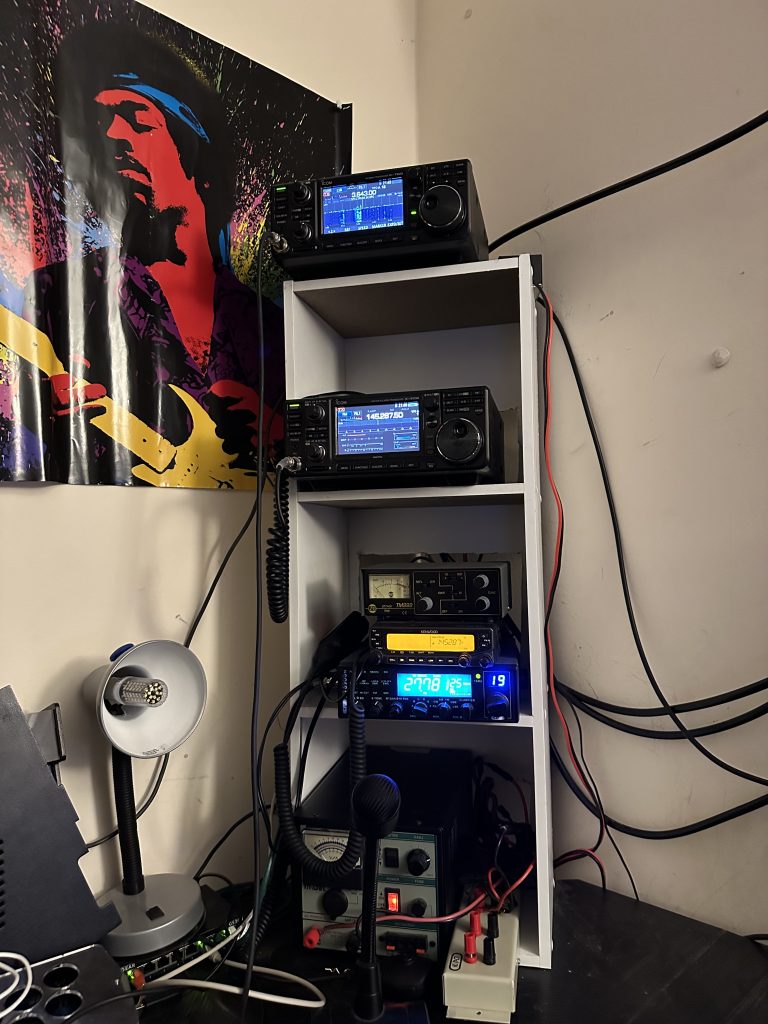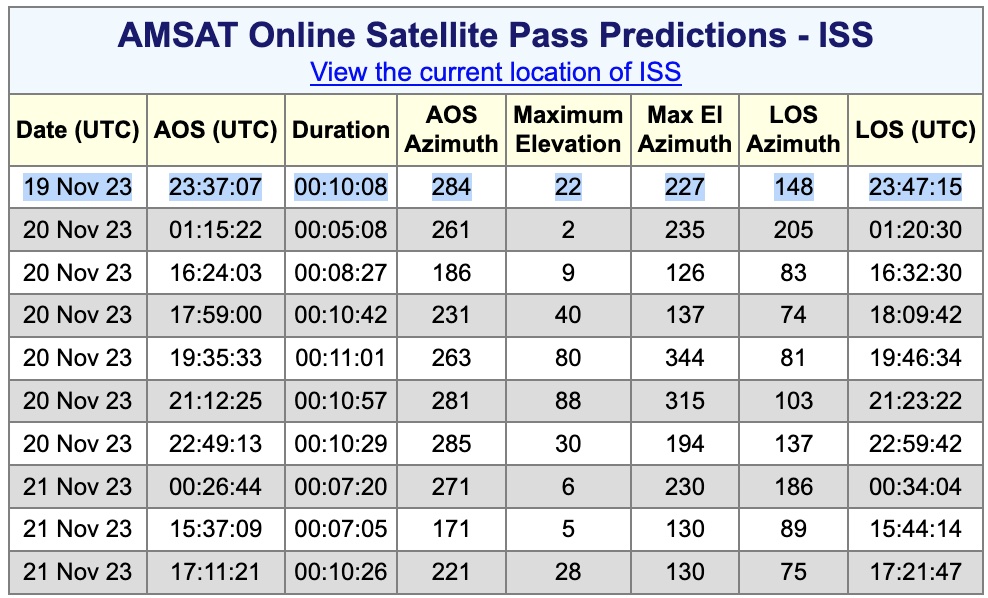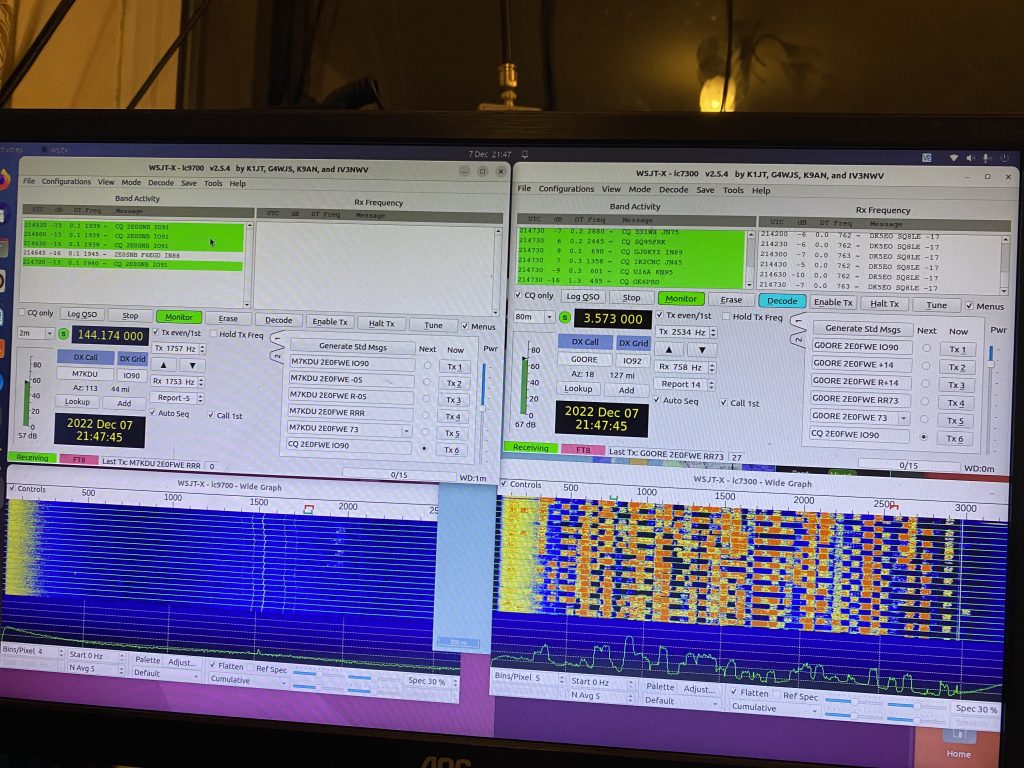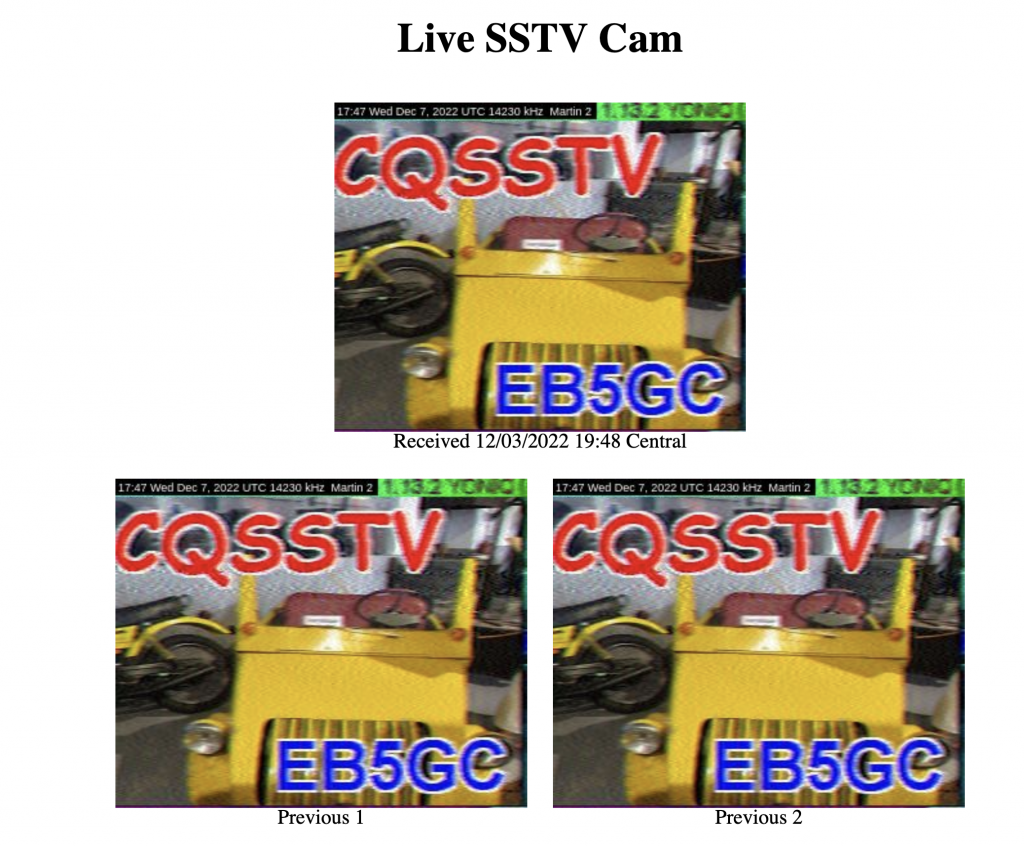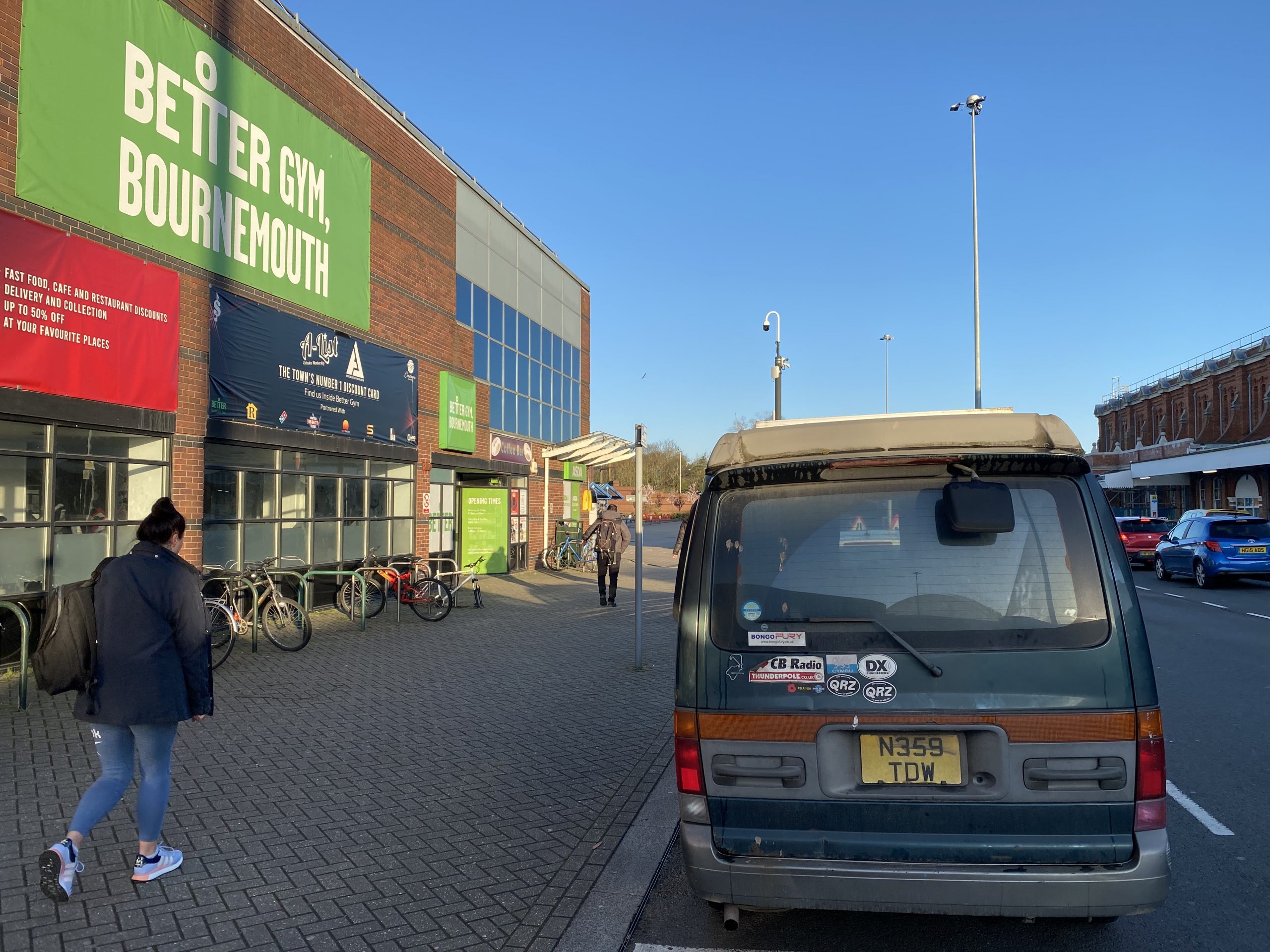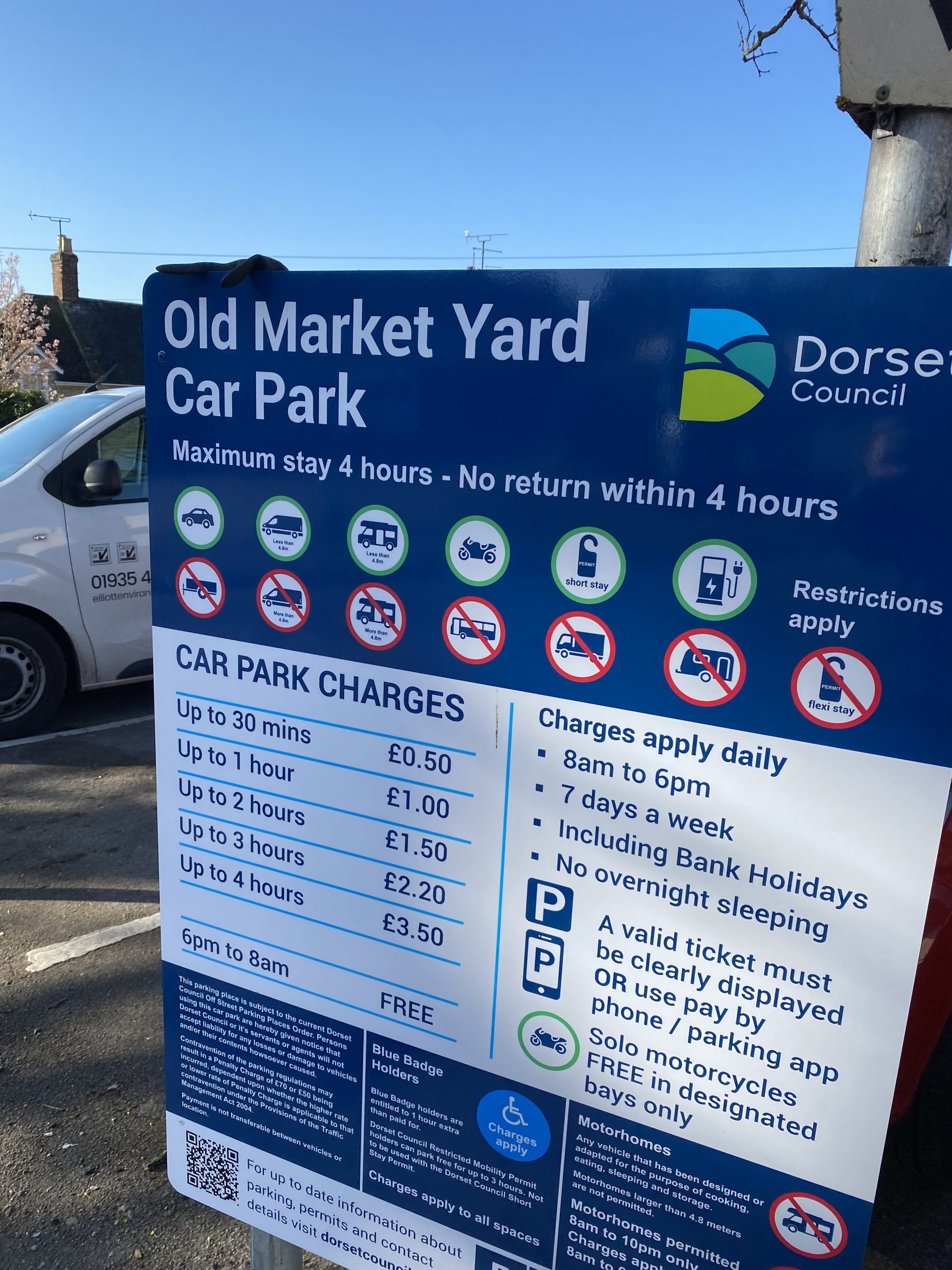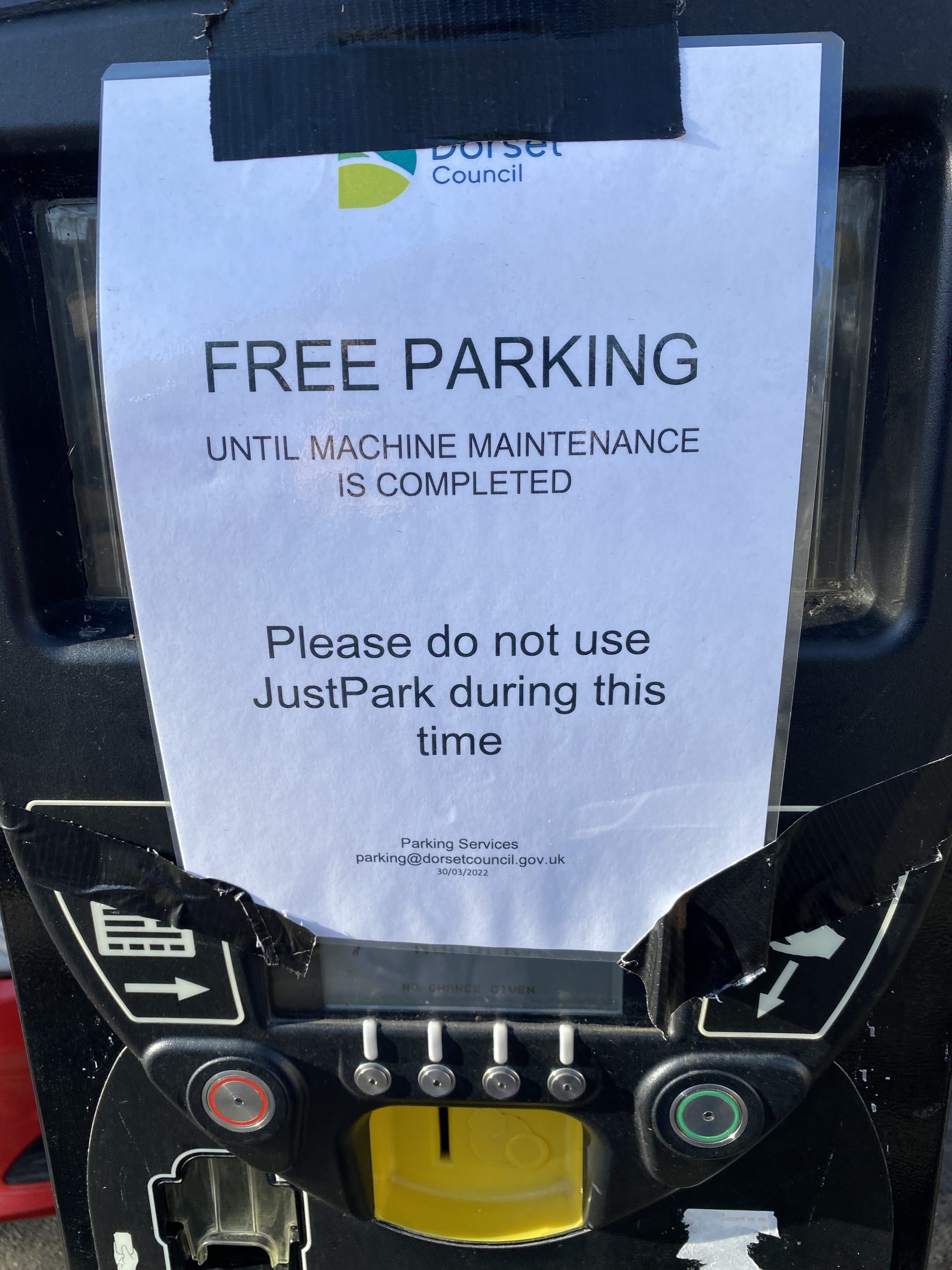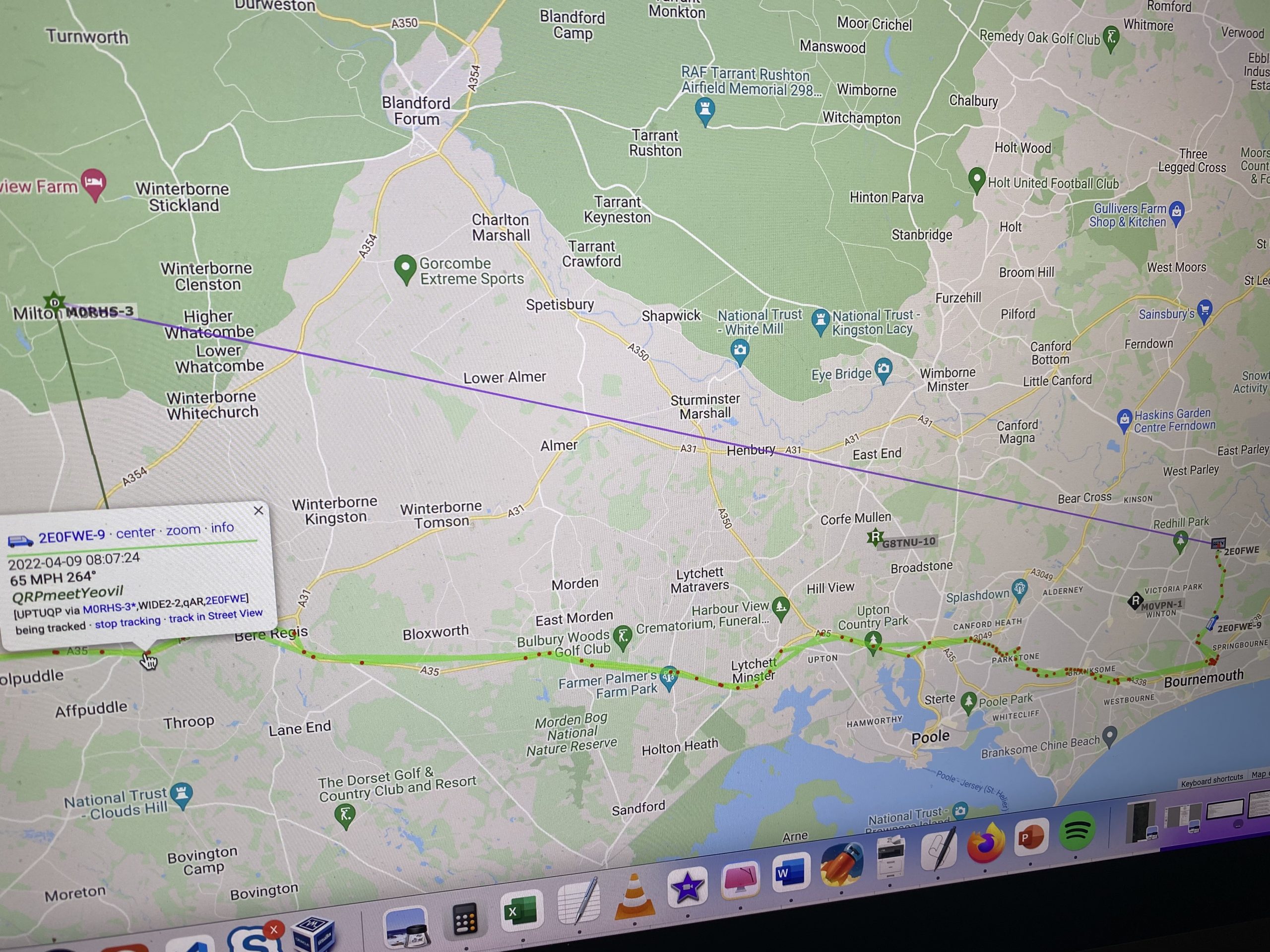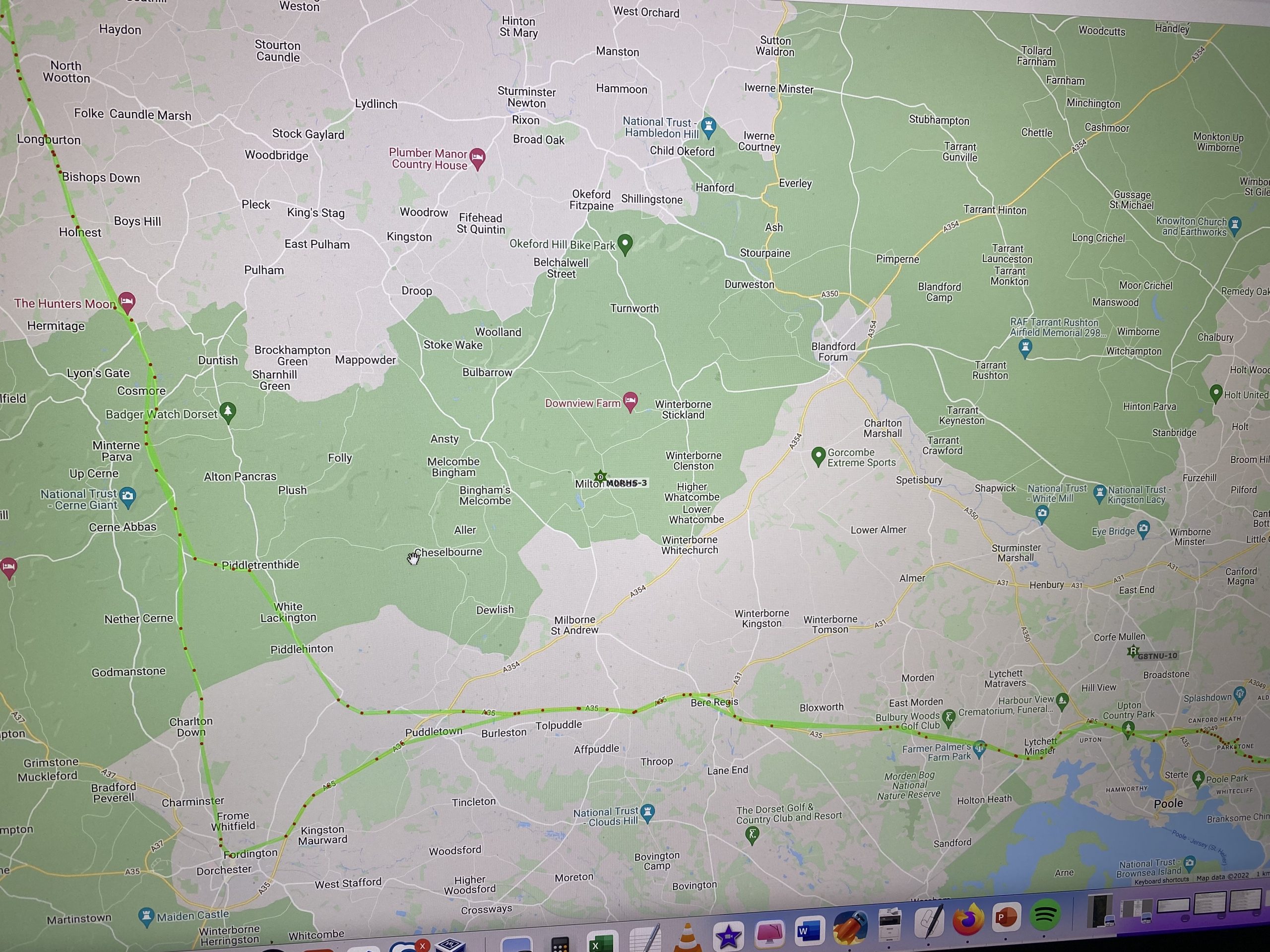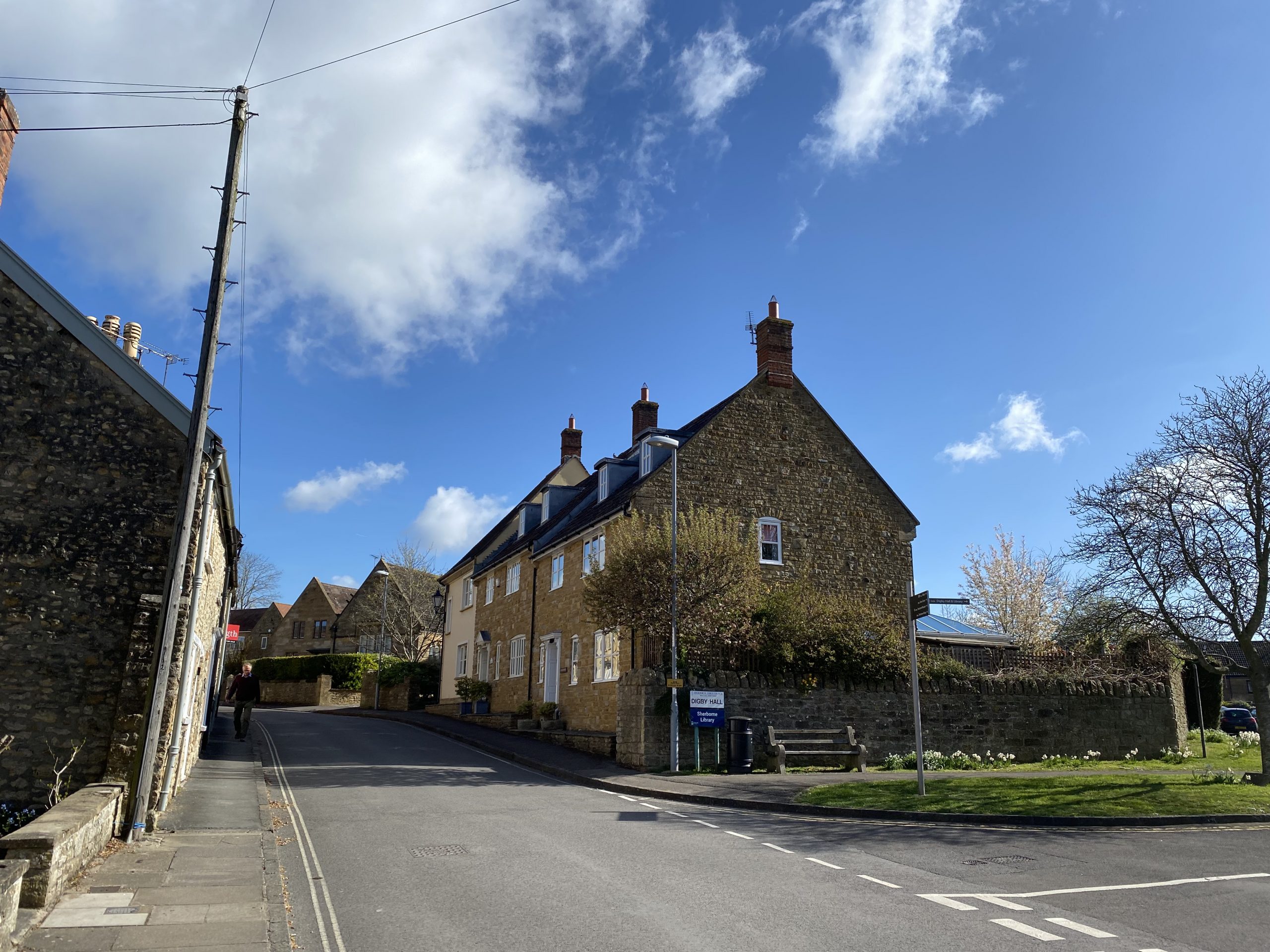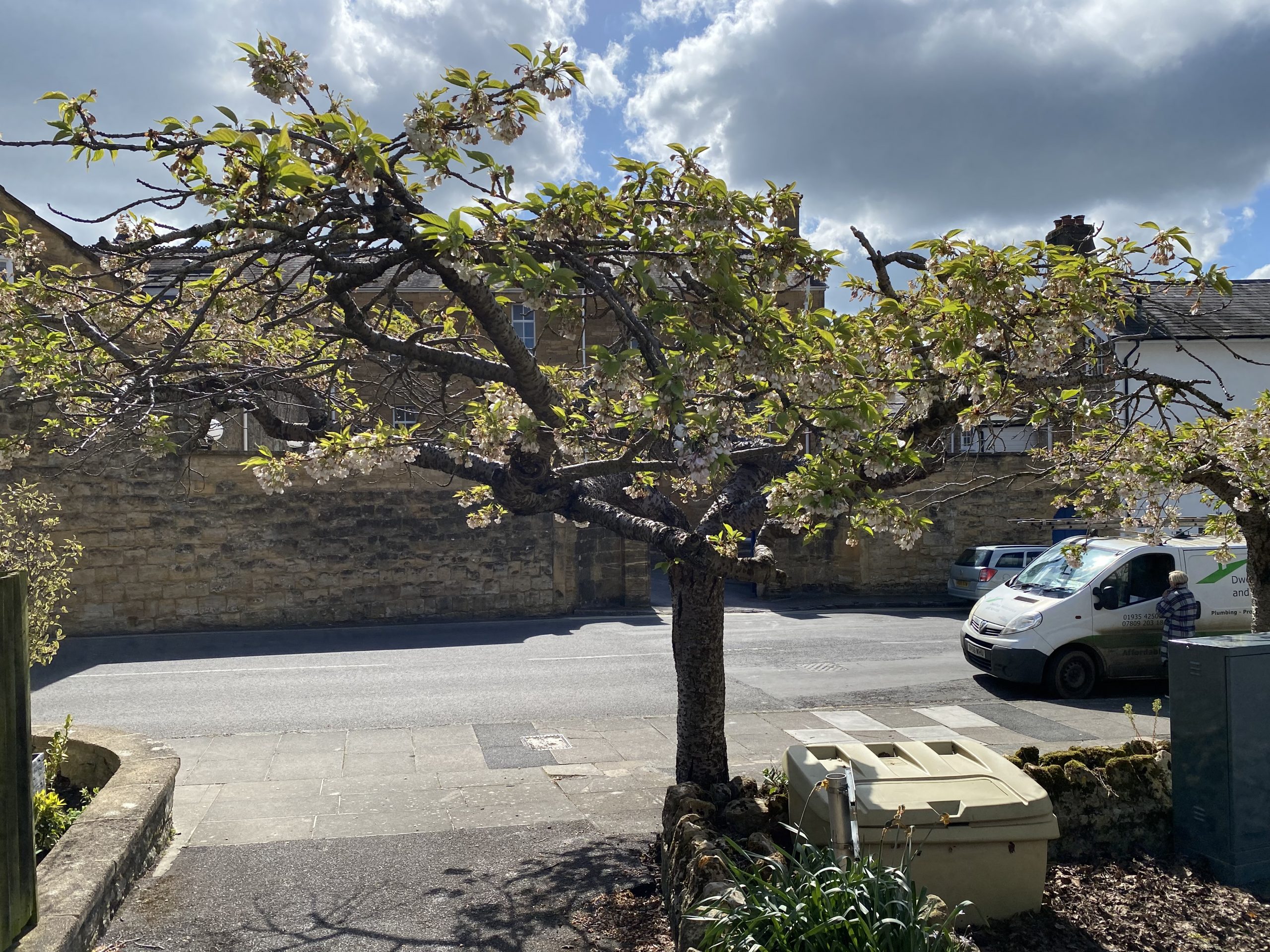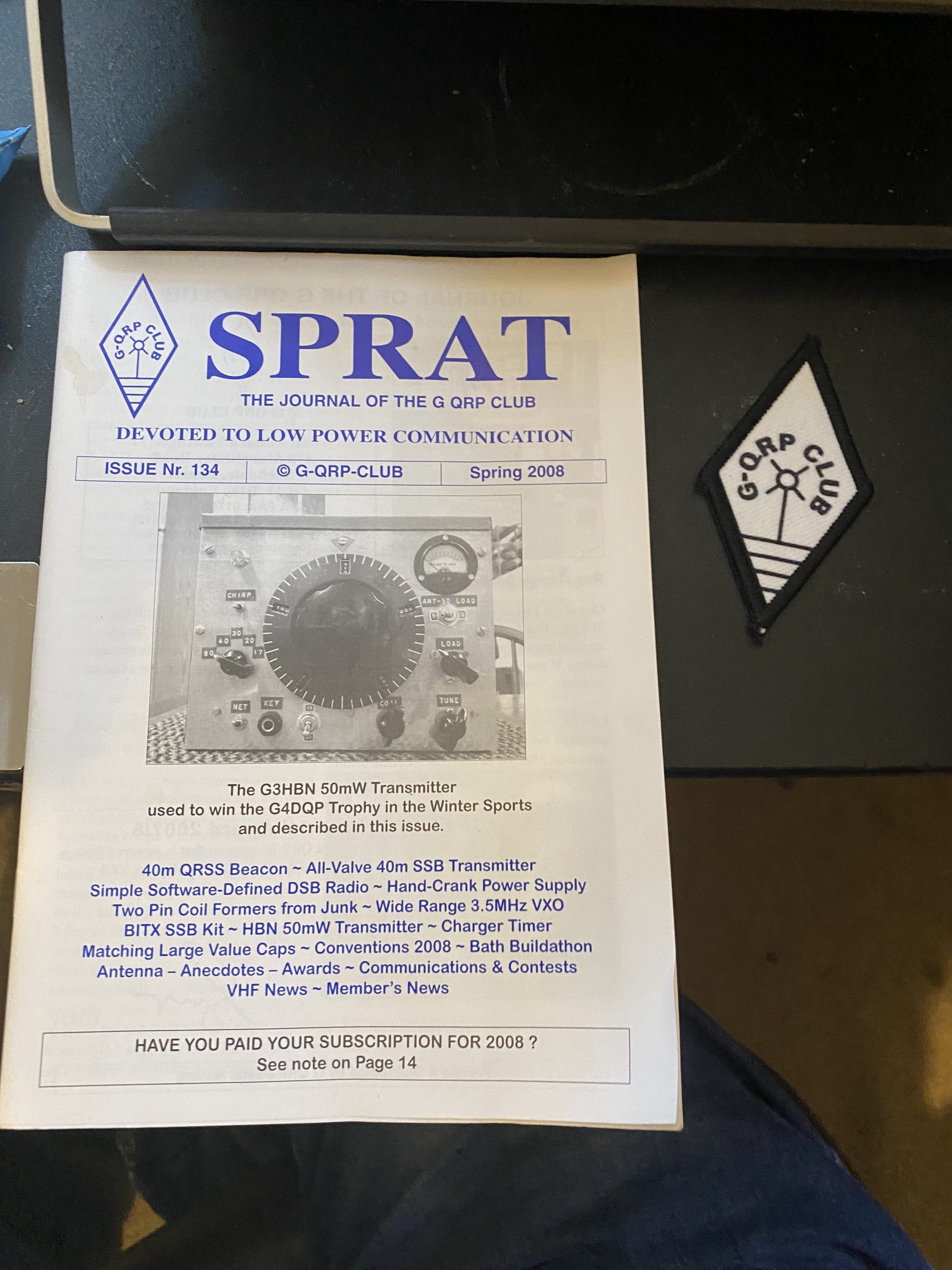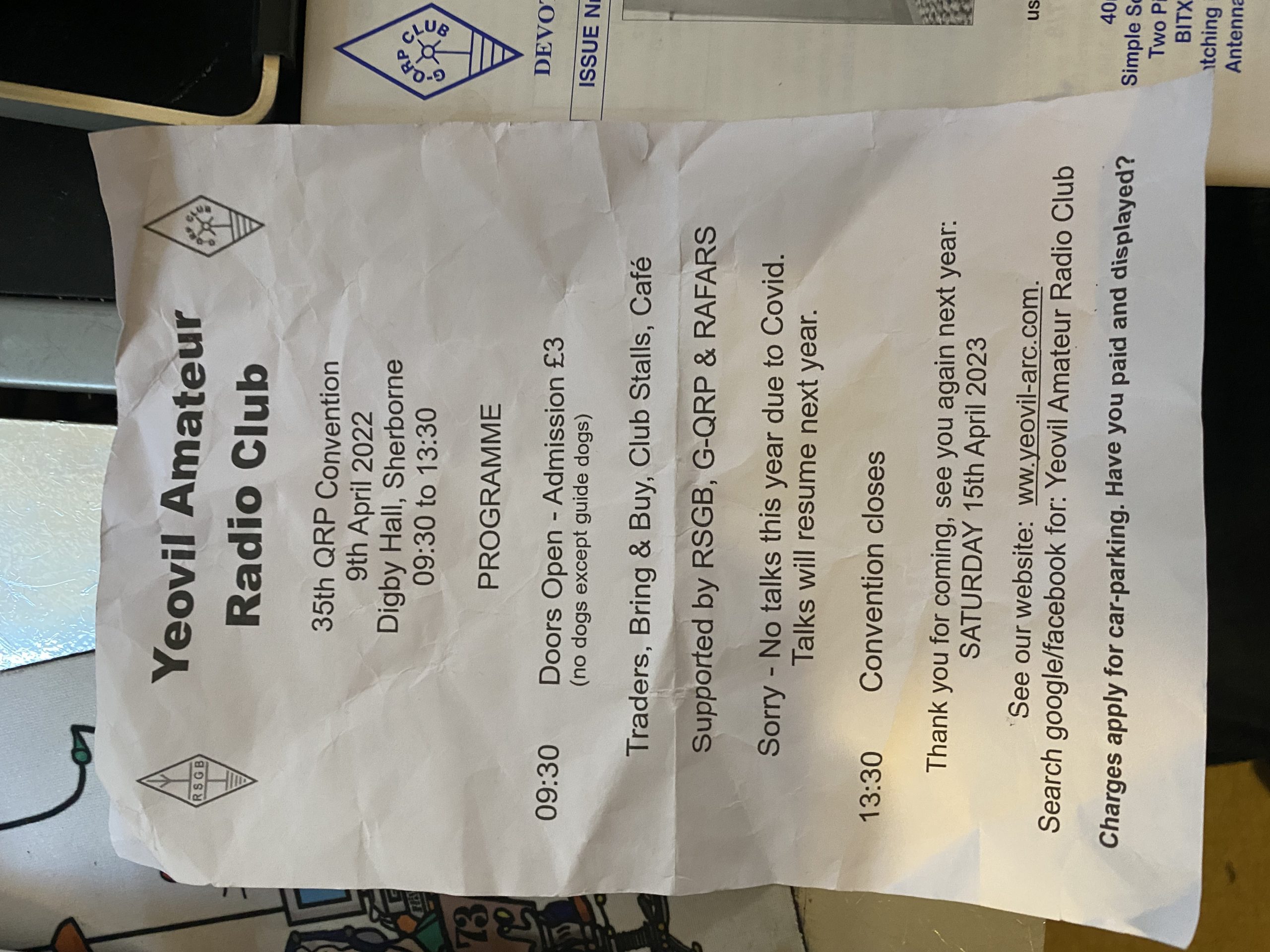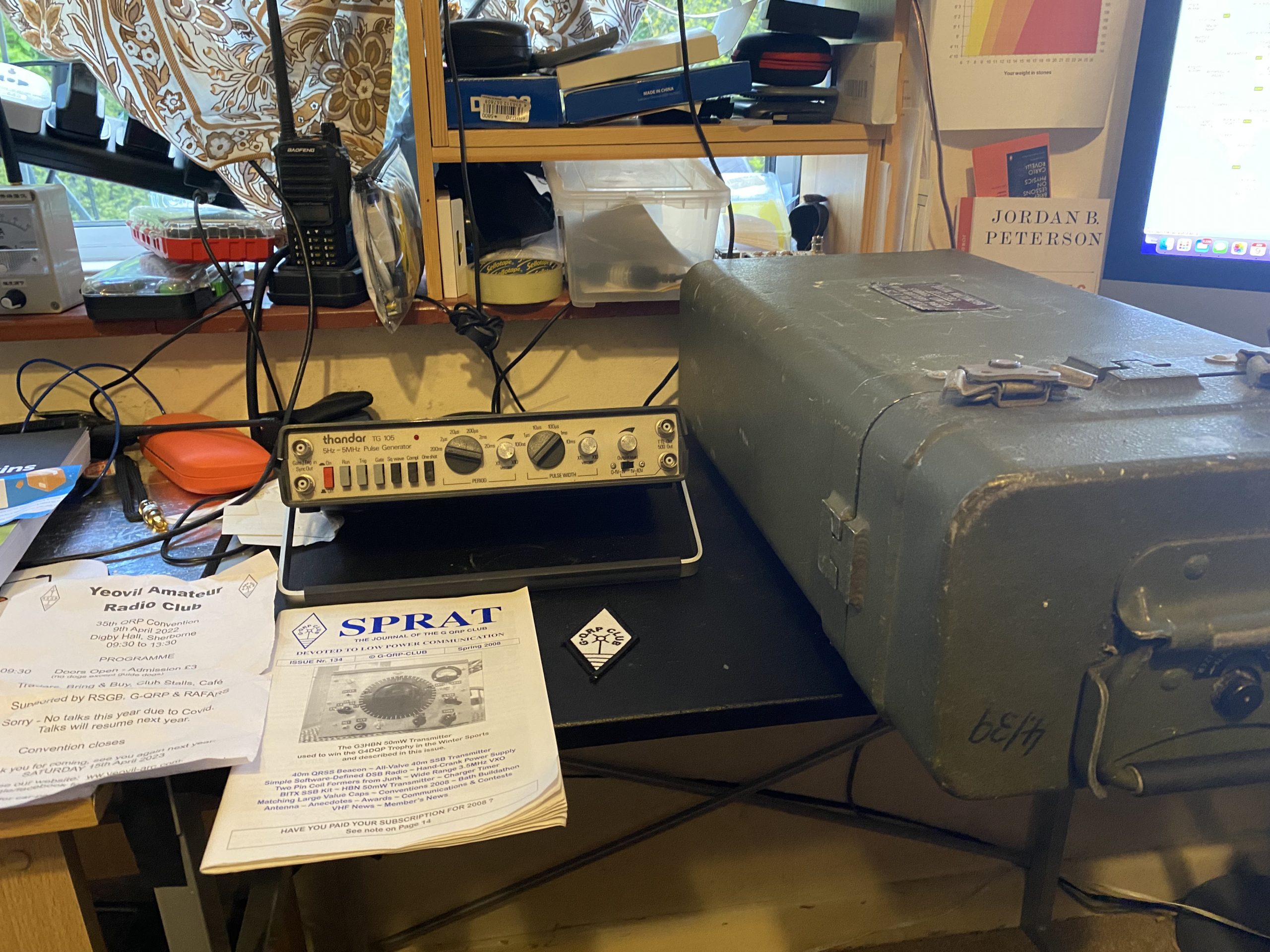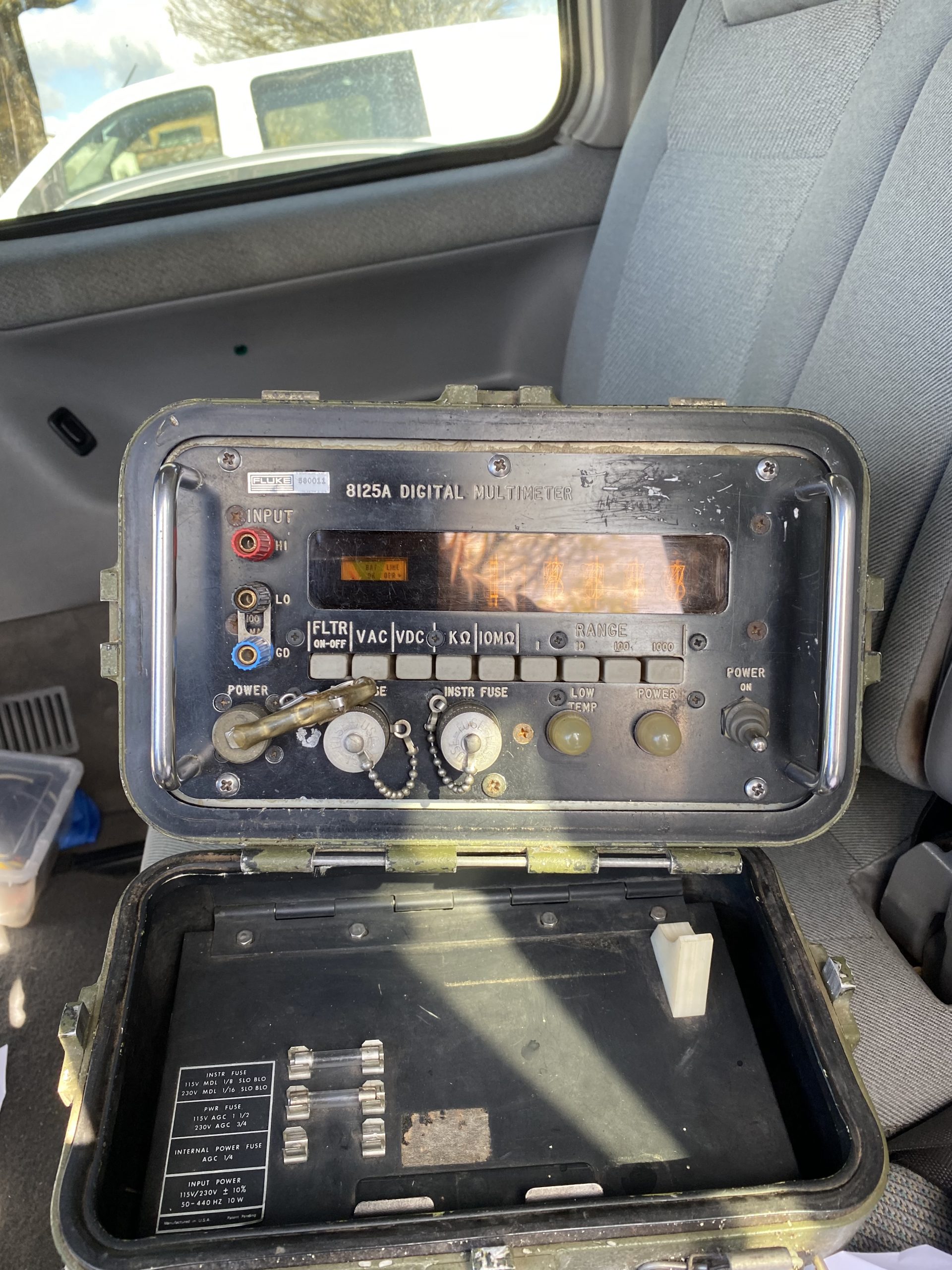So its been a little while since I made a ham radio blog posting – so before I get any busier, thought it best to make a post.
My testlab, where i aquire the data from various devices for the cryptanalysis lab has grown, so much so the IC7300 and IC9700 moved to the guest room.
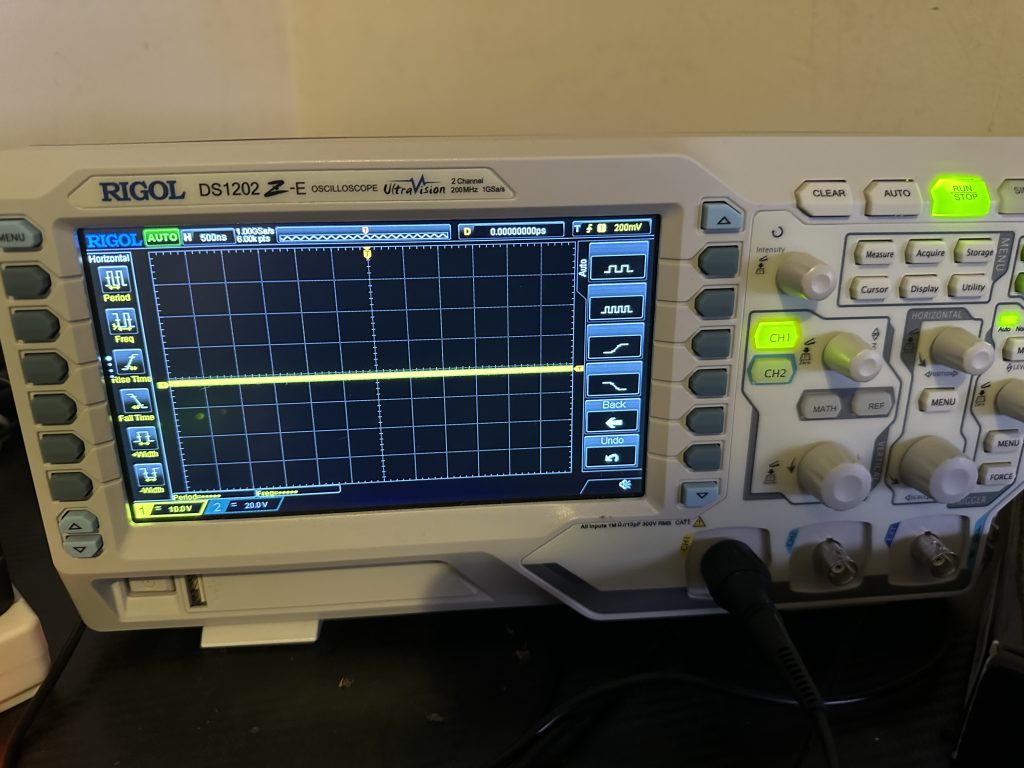
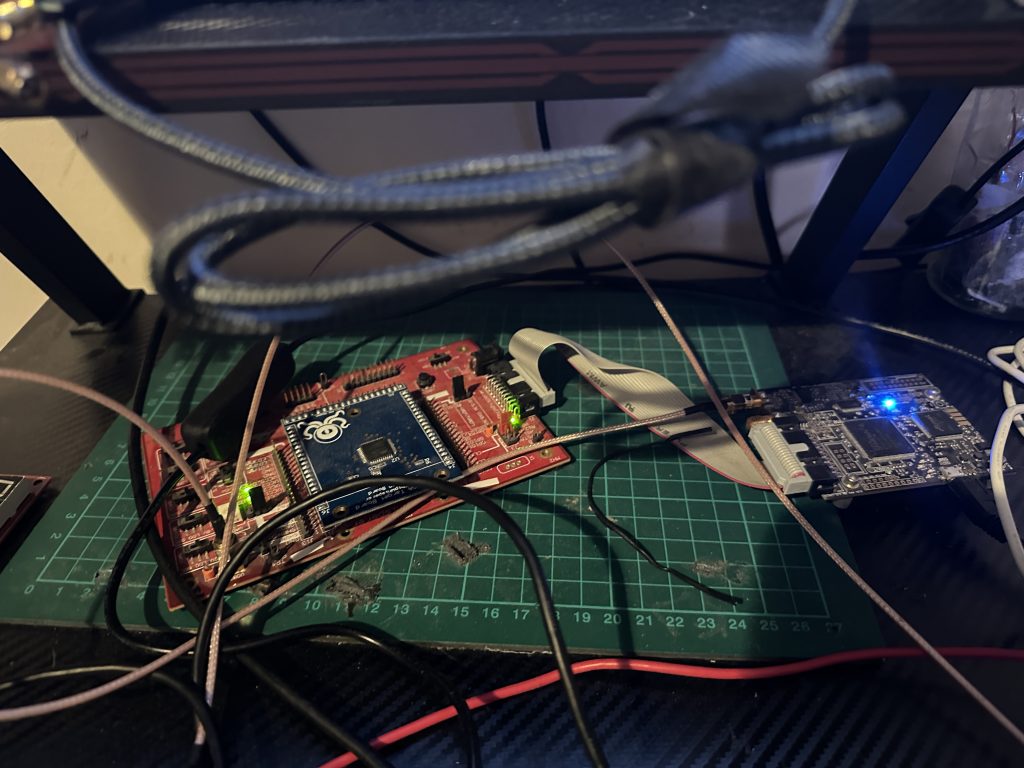

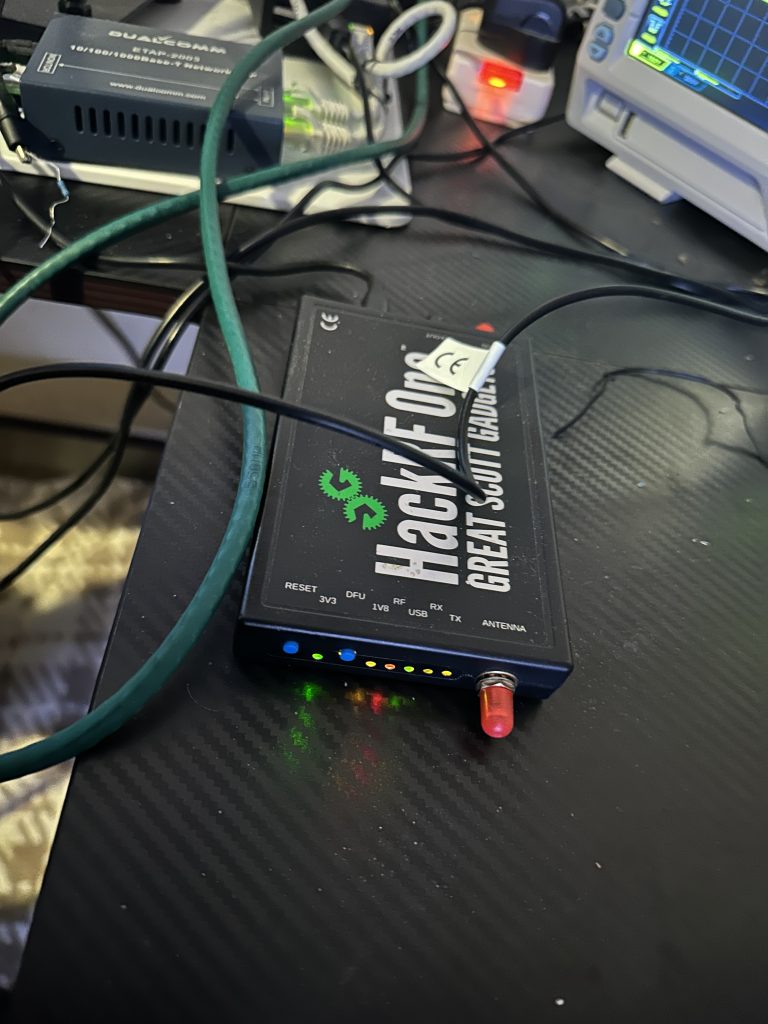
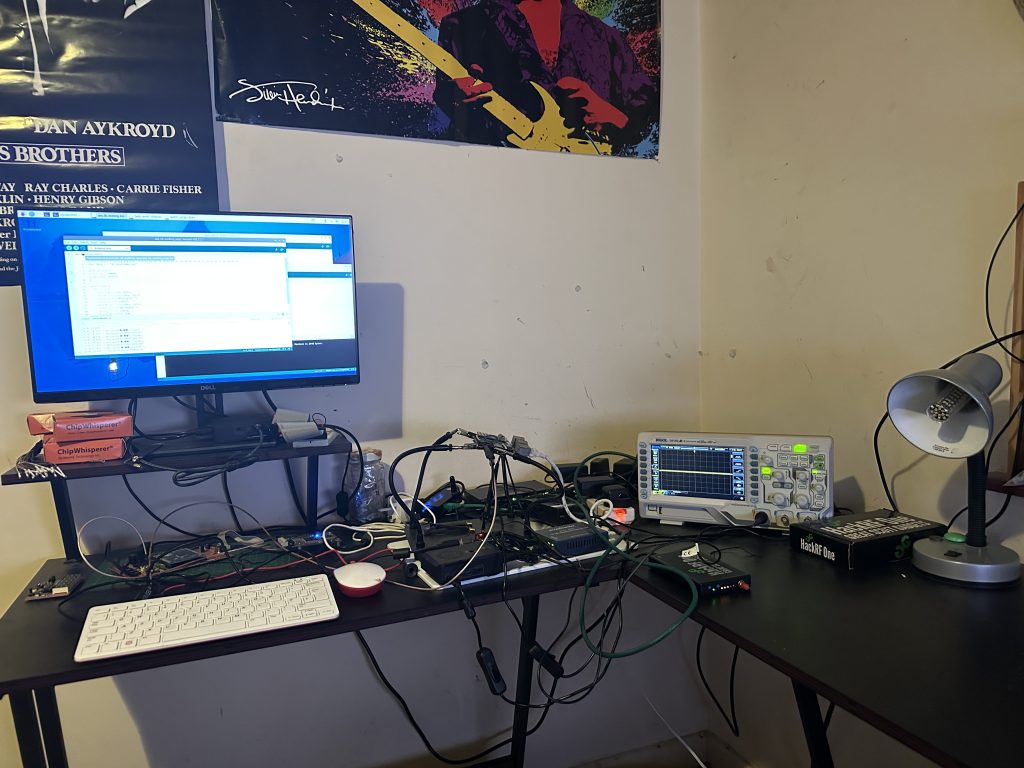
As you can see in the gallery my test lab capture is from various devices, to make it reliable and workable it needs to be setup well – changes in the environment can often lead to detrimental changes in the captures for use in Cryptanalysis. As you can see I use a mixture of RF via SDR’s, DPA/SCA via Chipwhispherer and also raw DPA via the oscilliscope.
My IC7300 and IC9700 where getting less and less use, which was a real shame, whilst I could RDP into the Windows station for both radios, I still wasnt getting the use out of them, so I decided it was time to reduce my radios and focus on using the IC705 as and when I could from both the QTH and Portable for POTA.
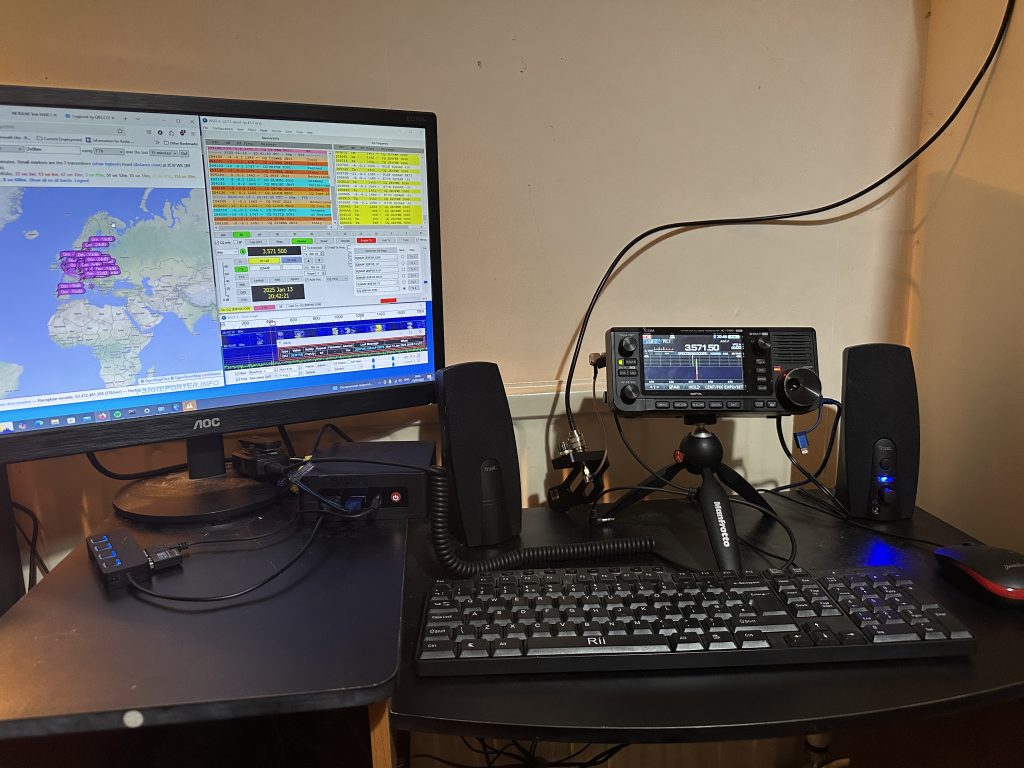
I’ve been able to setup the IC-705 into the same EFHW and the 10W produced by the IC-705 is still more than enough for data modes from the QTH, and i dare say if I get time, will work well for telephony as well.
I’m hoping to setup a SSTV repeater on 2M using one of the many handhelds I have , I will probably use the Kenwood TH-D7 as its a really fine radio with plenty of ways to configure the PTT required for connectivity into the SSTV app. Naturally I’ll be providing updates on that as time allows.
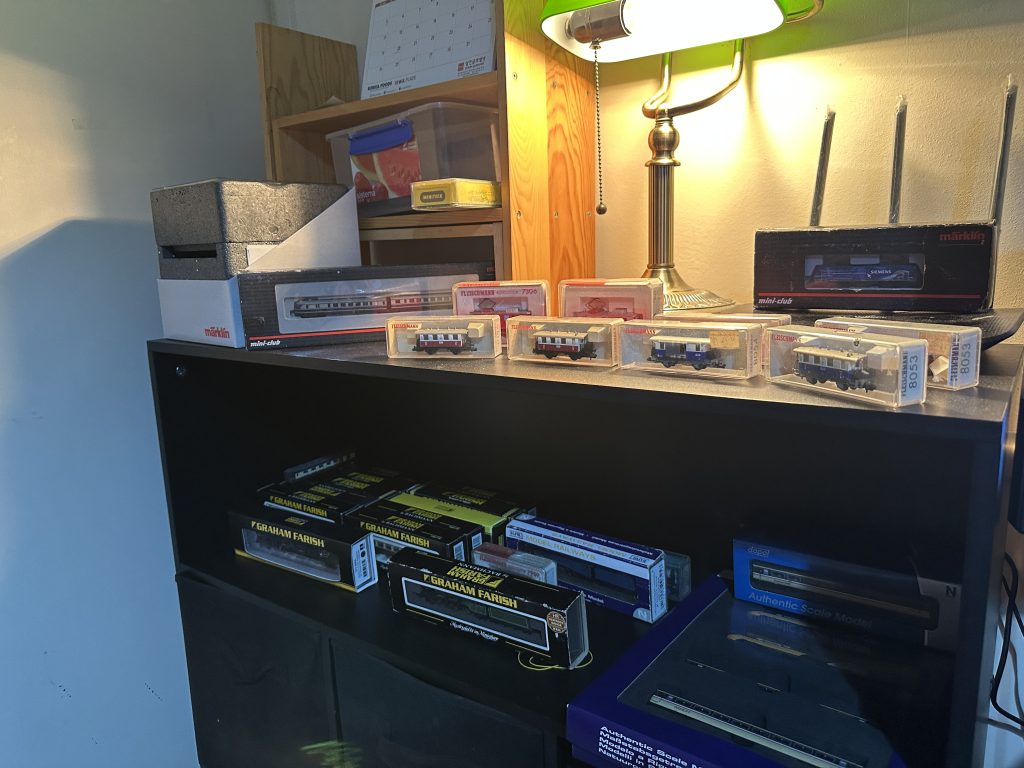
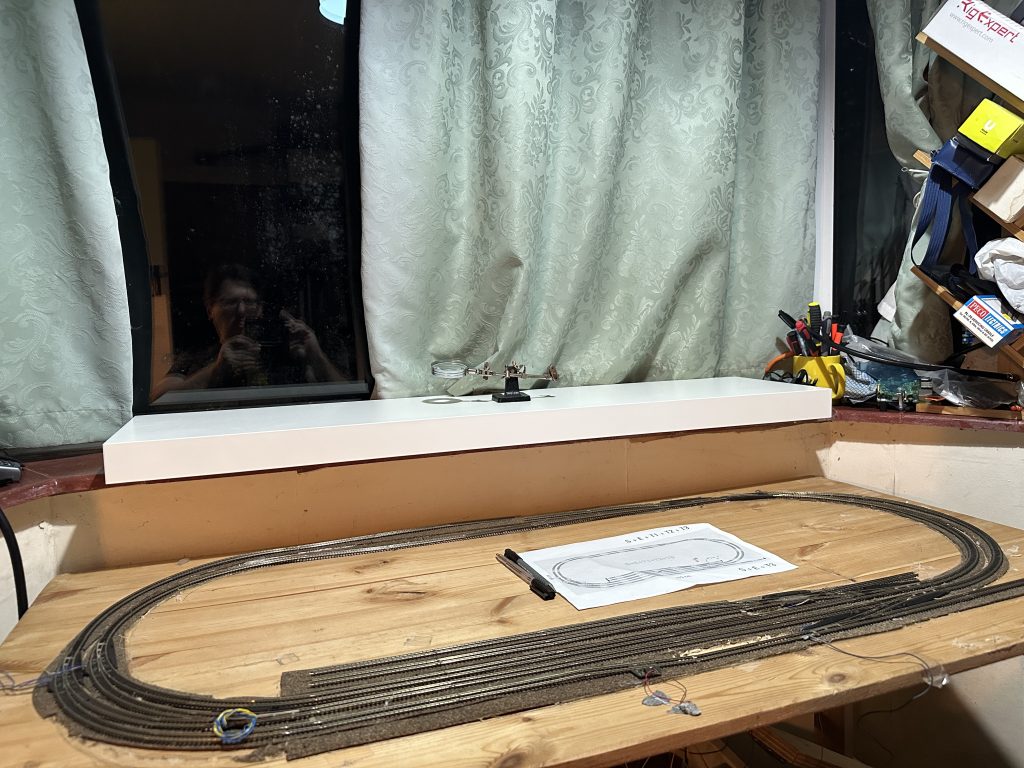
Its nice to have the trains out on display and I’ve started to bring the Z gauge layout to life, and got a shelf to make a simple end-to-end N guage layout for the rack rail locos.
So my research restarts formally at the end of January 2025, so finding time for radios, trains will become less, but to avoid burn out and to relax where I can I will still return to radio and my trains as and when time allows !
Until then, enjoy your hobbies, what ever they may be and thank you for reading my blog.

